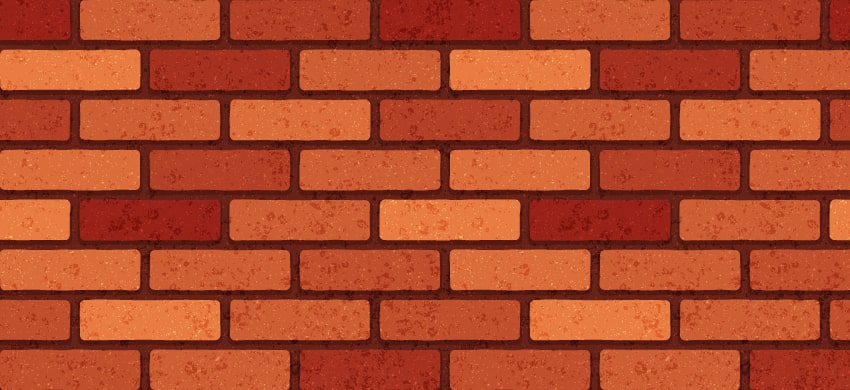
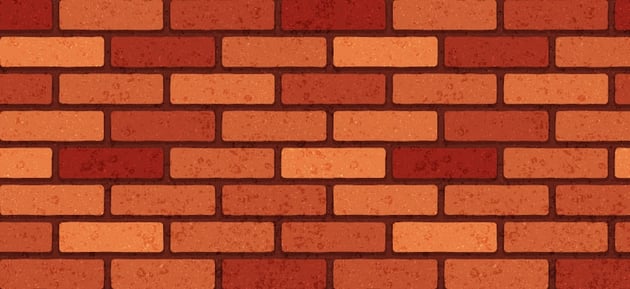
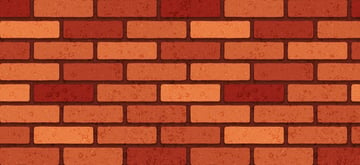
In the following tutorial, you’ll learn how to create a vector brick wall using a brick pattern in Illustrator. If you prefer to follow along with a video tutorial, don’t miss this new video from the Envato Tuts+ YouTube channel:
What You’ll Learn in This Illustrator Tutorial
- How to save the colors of a vector brick pattern
- How to make a brick pattern in Illustrator
- How to save a brick pattern in Illustrator
- How to apply a brick pattern in Illustrator
What You’ll Need
You will need to download the following textures in order to complete this brick pattern in Illustrator:
1. How to Create a New Document and Set Up a Grid
Hit Control-N to create a new document. Select Pixels from the Units drop-down menu, set the Width and Height to 850 px, and then click that Advanced Options button. Select RGB for the Color Mode and set the Raster Effects to Screen (72 ppi), and then click the Create button.
Enable the Grid (View > Show Grid or Control-“) and Snap to Grid (View > Snap to Grid or Shift-Control-“). You will need a grid every 10 px, so simply go to Edit > Preferences > Guides & Grid, enter 10 in the Gridline every box and 1 in the Subdivisions box. Try not to get discouraged by all that grid—it will make your work easier, and keep in mind that you can easily enable or disable it using the Control-“ keyboard shortcut.
You should also open the Info panel (Window > Info) for a live preview with the size and position of your shapes. Don’t forget to set the unit of measurement to pixels from Edit > Preferences > Units. All these options will significantly increase your work speed. Now that you’re set, let’s see how you can create a brick pattern for Illustrator.
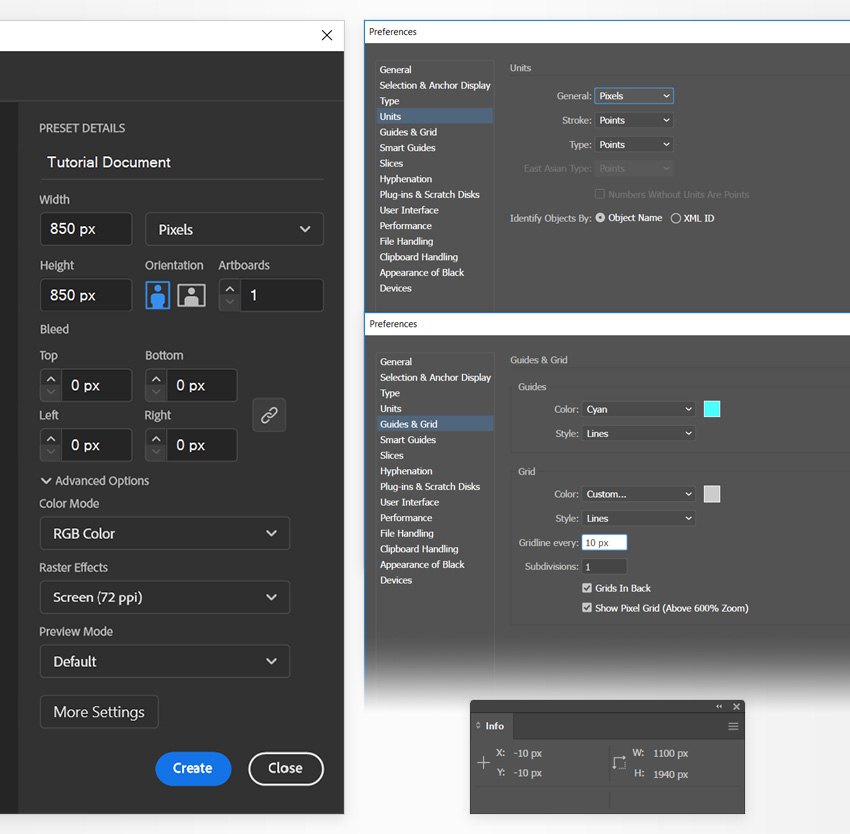
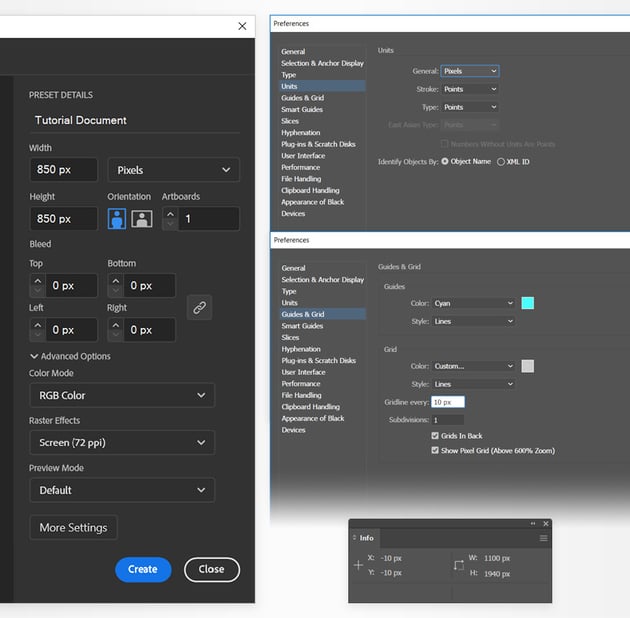
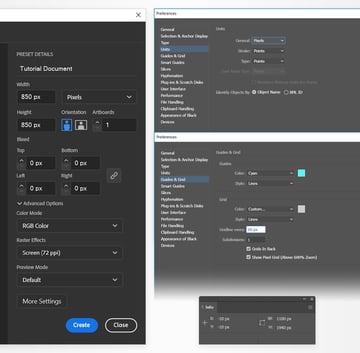
2. How to Save the Colors of the Brick Vector Pattern
Step 1
Pick the Rectangle Tool (M) from your Toolbar and then focus on the color settings. Select the stroke and remove the color, and then double-click the fill and replace the existing color with R=152 G=34 B=24.
Move to your artboard and create a simple shape. Pick the Selection Tool (V), hold down the Alt key, and click and drag your shape to add a copy. Move it to the right and replace the fill color of this copy with R=232 G=124 B=66.



Step 2
Pick the Blend Tool (W) and simply click your two shapes to create a new blend. Keep it selected and go to Object > Blend > Blend Options. Select Specified Steps and set it to 5, and then click OK.
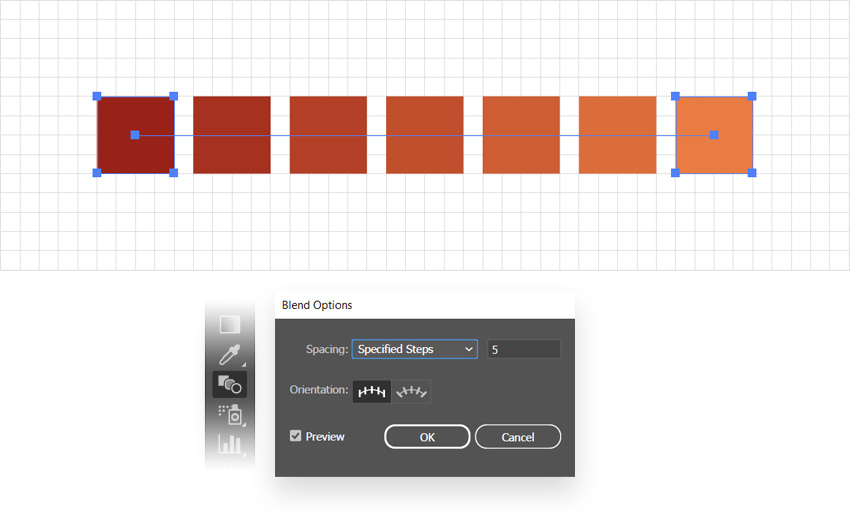
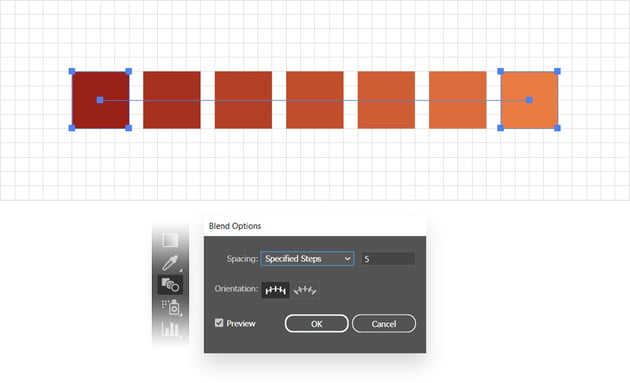
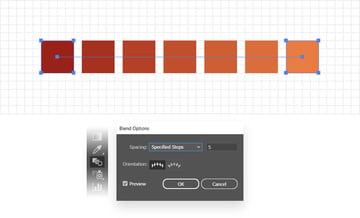
Step 3
Make sure that your blend is still selected and expand it by going to Object > Blend > Expand. Keep the resulting group of shapes selected, and move to the Swatches panel (Window > Swatches).
Click that New Color Group button, check the Selected Artwork box, and click OK to add a new group of colors containing the colors from your selected shapes. Once you create this color group, you can delete the shapes from your artboard.
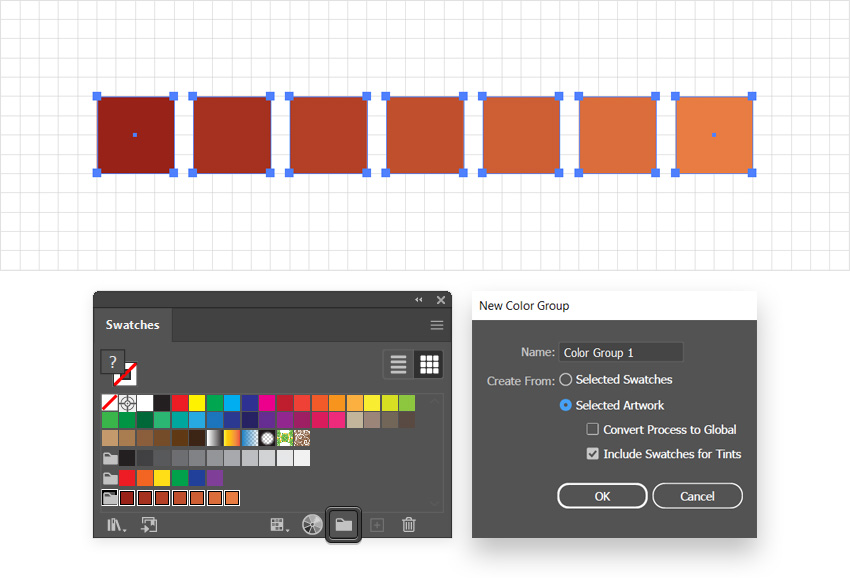
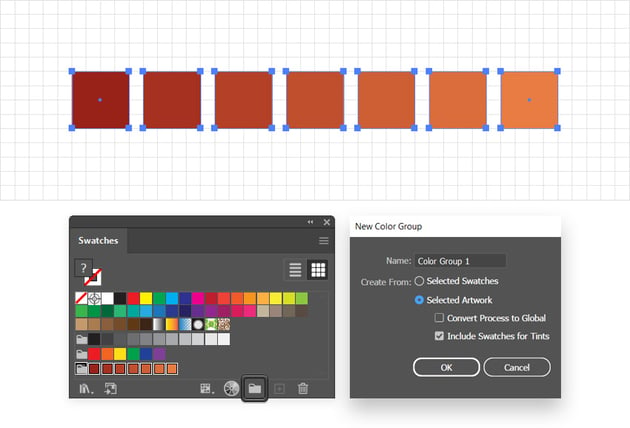
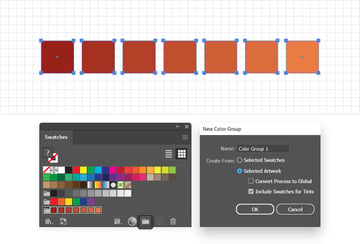
3. How to Make a Brick Pattern in Illustrator
Step 1
Pick the Rectangle Tool (M) and use it to create a 140 x 40 px shape. Fill it with R=232 G=124 B=66 and keep it selected. Switch to the Direct Selection Tool (A), focus on the control panel, and set the Corners radius to 4 px.
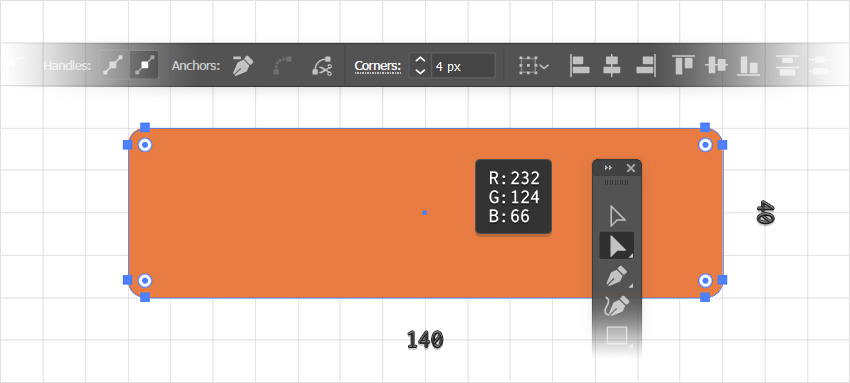
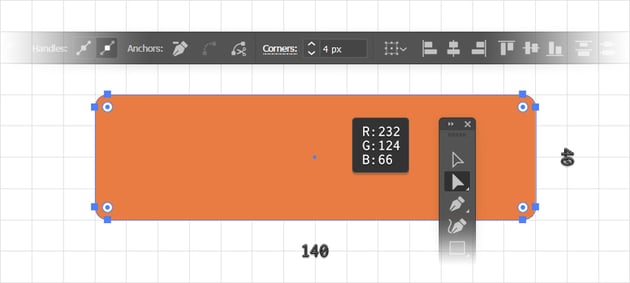
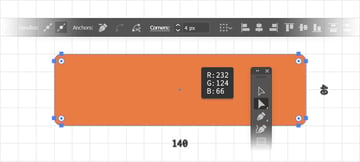
Step 2
Make sure that your brick shape is selected and go to Effect > Distort & Transform > Transform. Set the number of Copies to 3 and drag the Move-Horizontal slider to 150 px, click OK to apply this effect, and then go again to Effect > Distort & Transform > Transform.
This time set the number of Copies to 8, drag the Move sliders to 70 and 50, and don’t forget to check that Reflect X box. Click OK, and this will be the start of your vector brick wall.
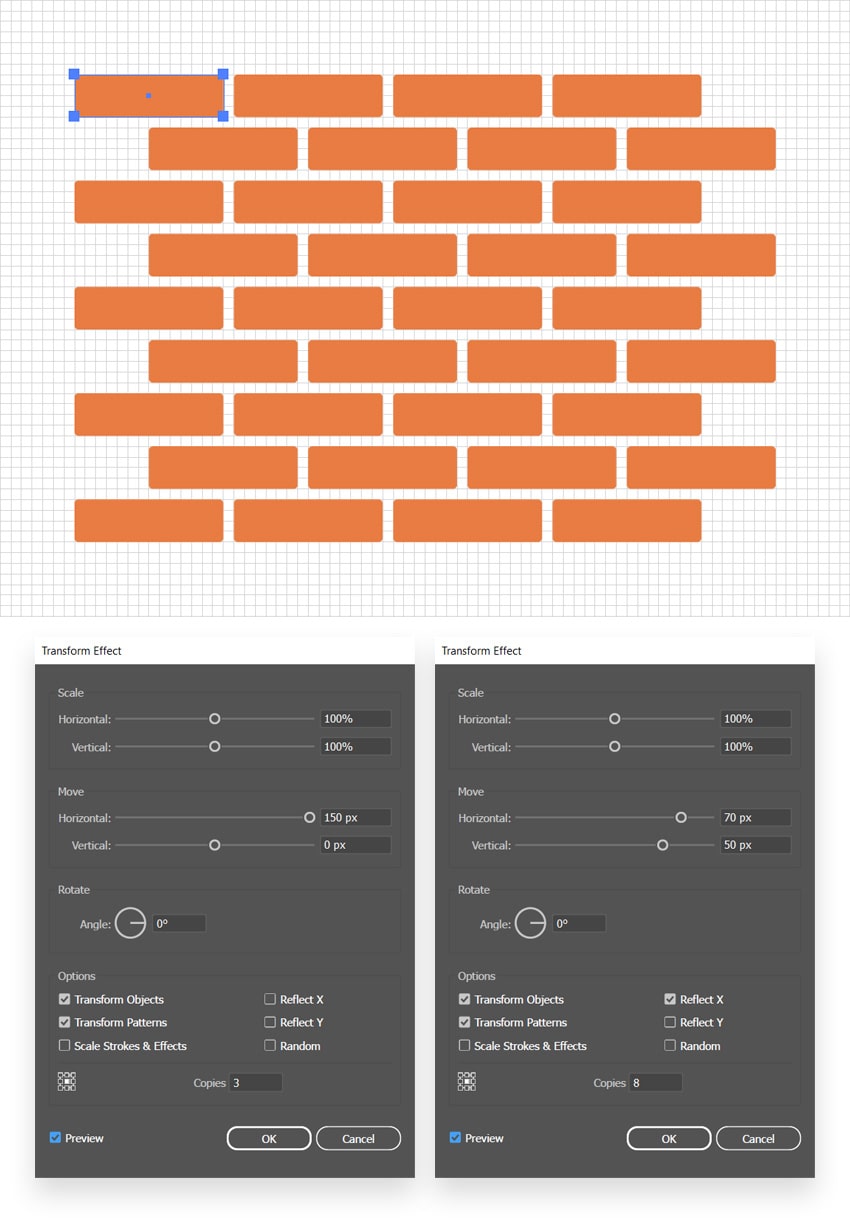
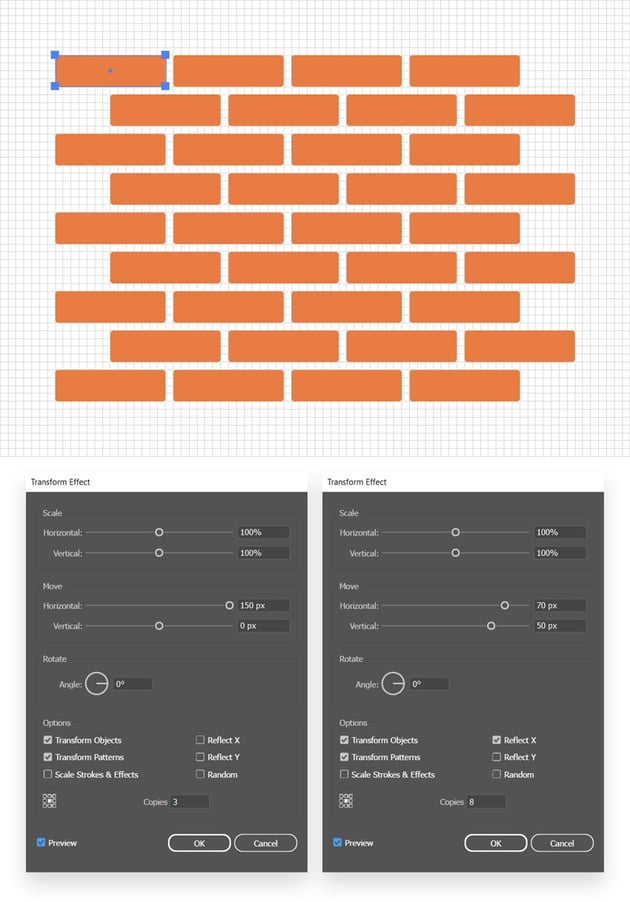
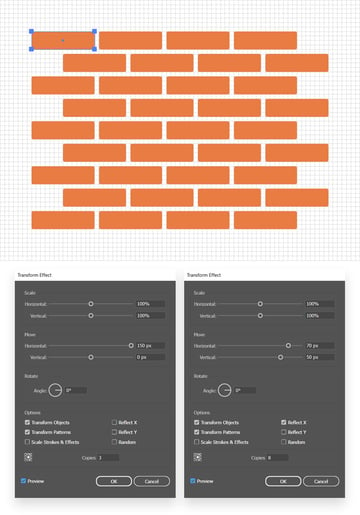
Step 3
Make sure that your vector brick wall is still selected and expand it by going to Object > Expand Appearance, and then press Shift-Control-G three times to Ungroup the resulting groups.
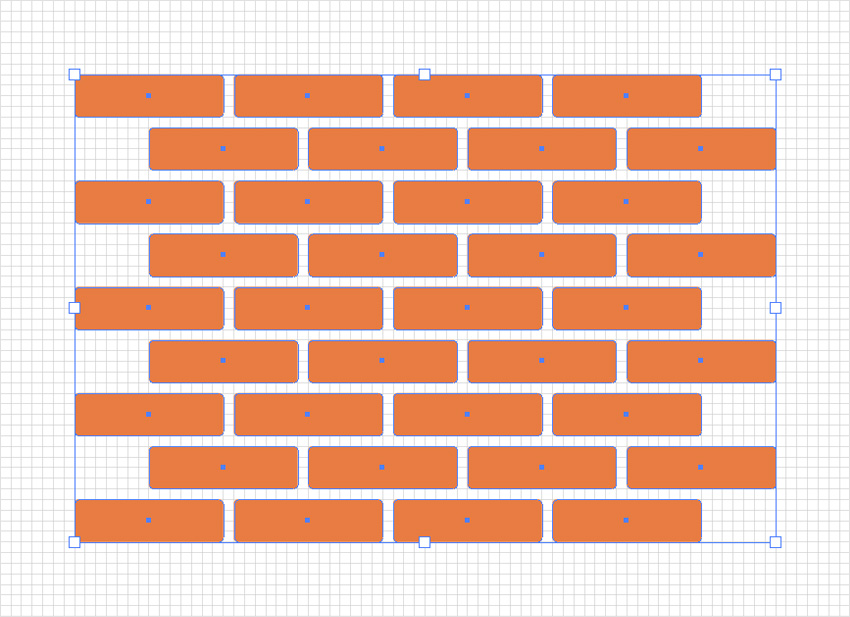
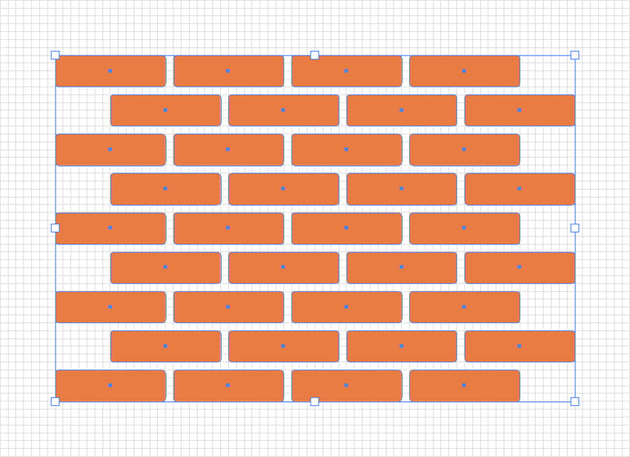
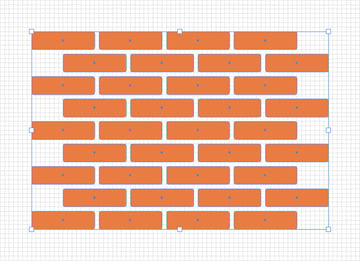
Step 4
Pick the Selection Tool (V), hold down the Shift key, and click the three shapes highlighted in the following image to select them, and then replace the existing fill color with the first color from your color group.
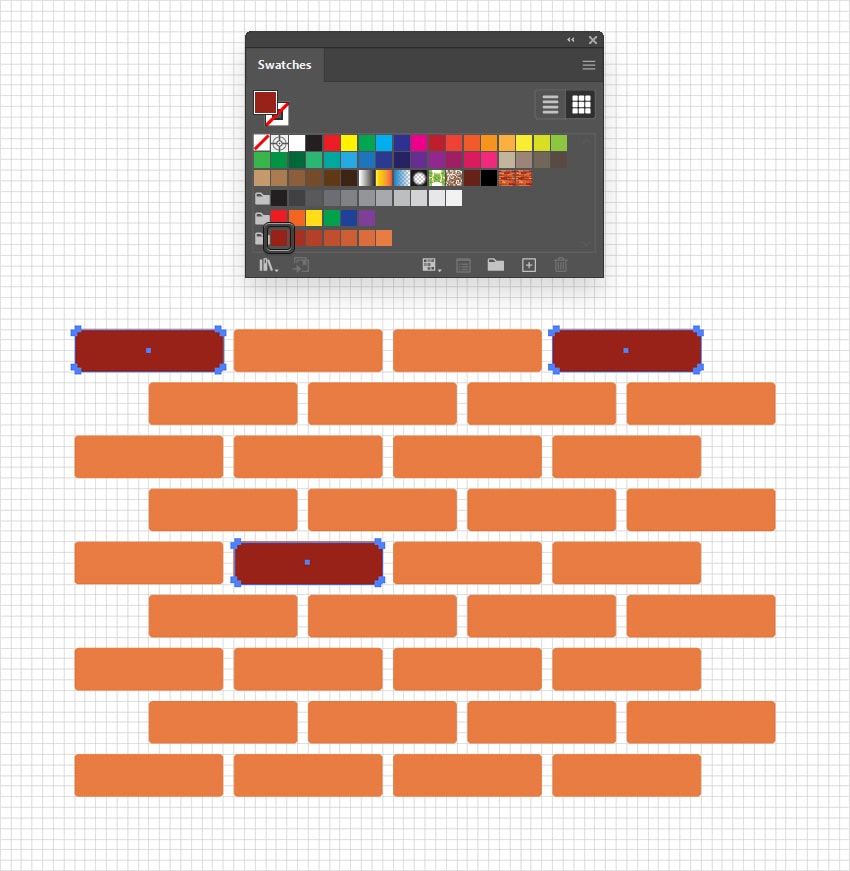
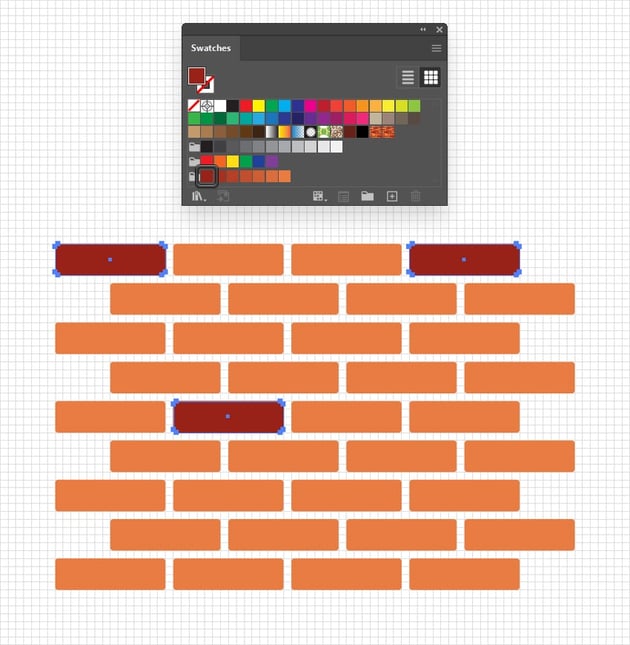
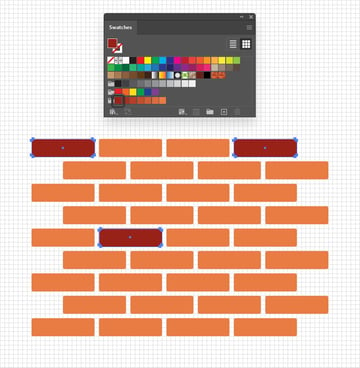
Step 5
Continue with the two shapes highlighted below and fill them with the second color from your color group.
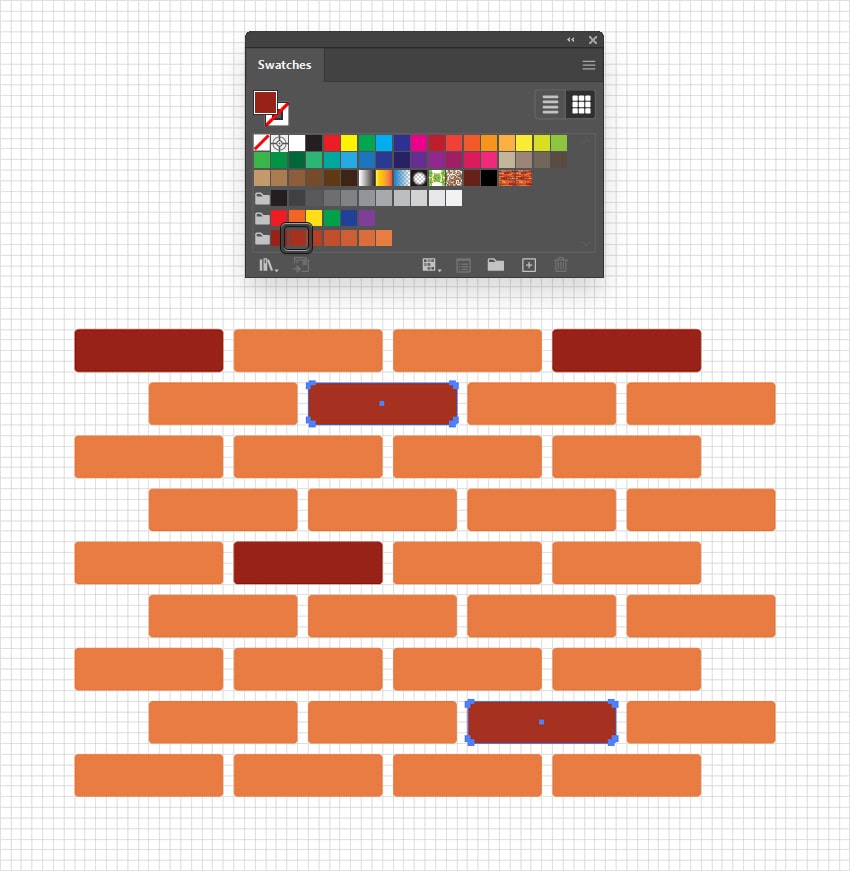
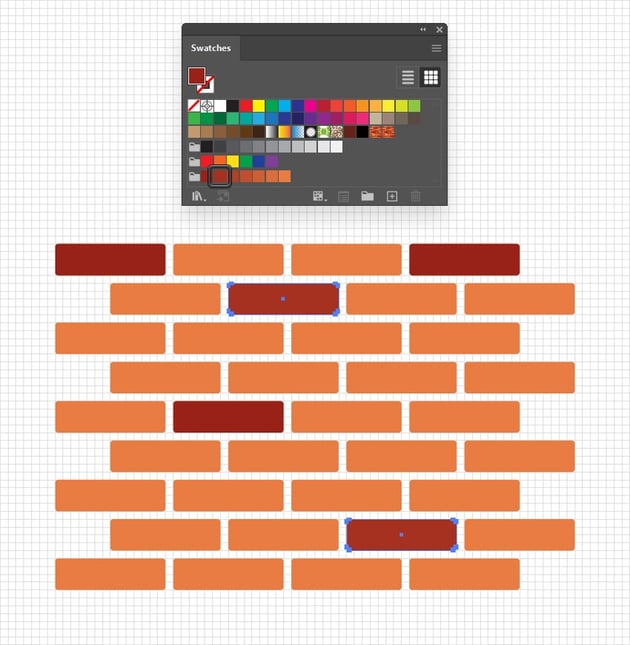
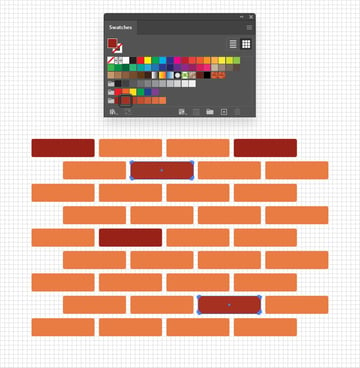
Step 6
Select the five shapes highlighted in the following image and fill them with the third color from your color group.
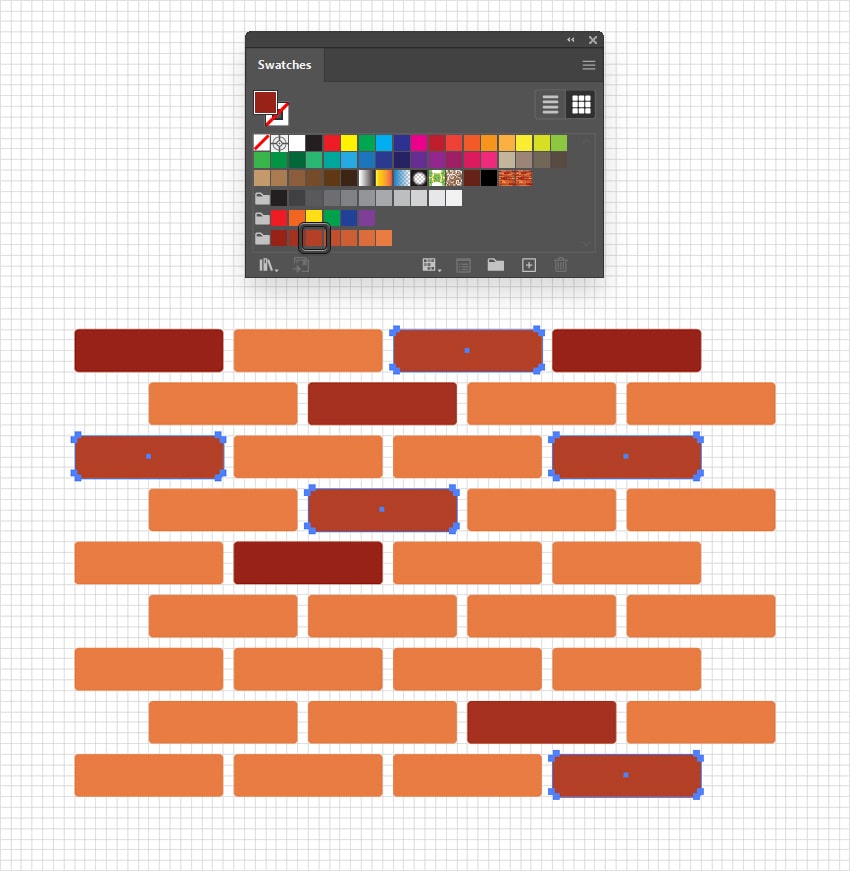
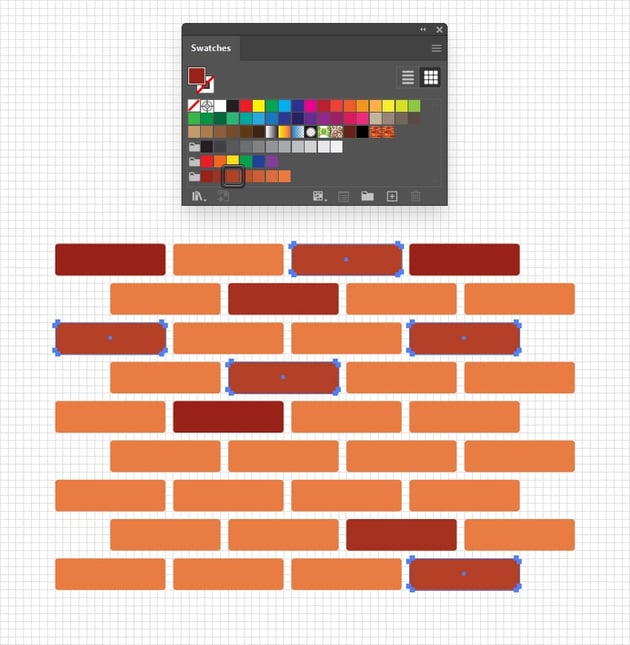
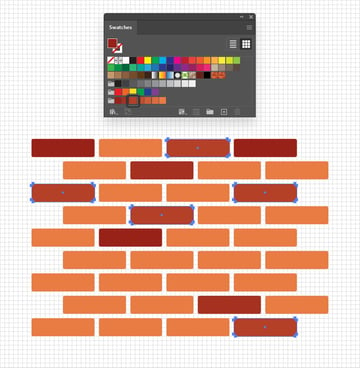
Step 7
Continue with the six shapes highlighted below and fill them with the next color from your color group.
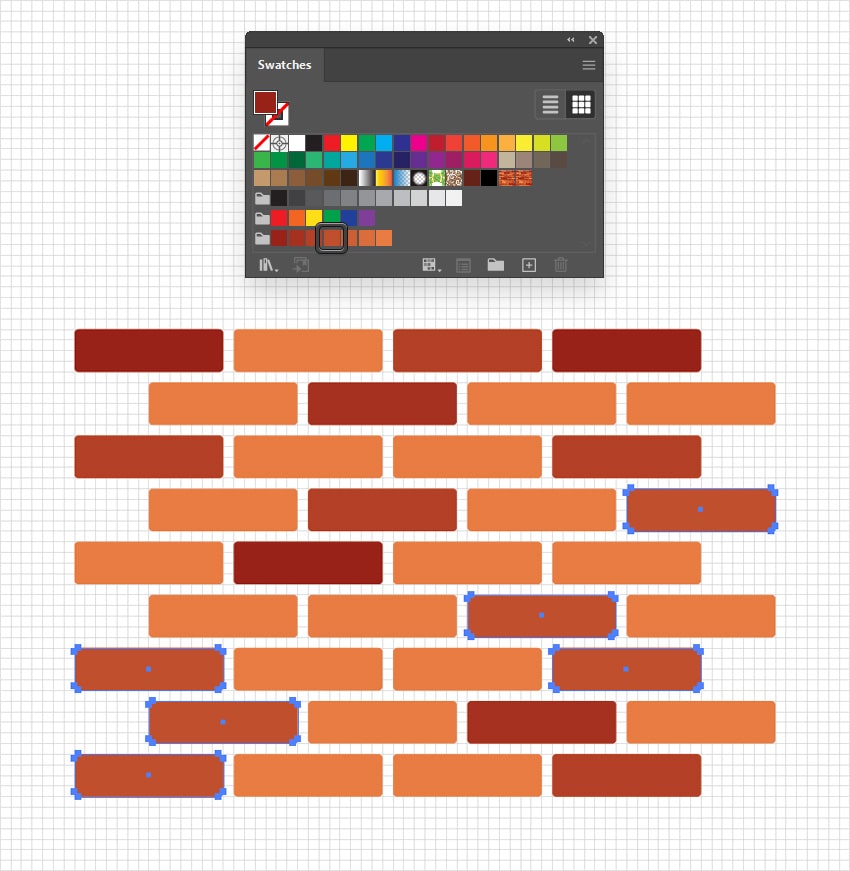
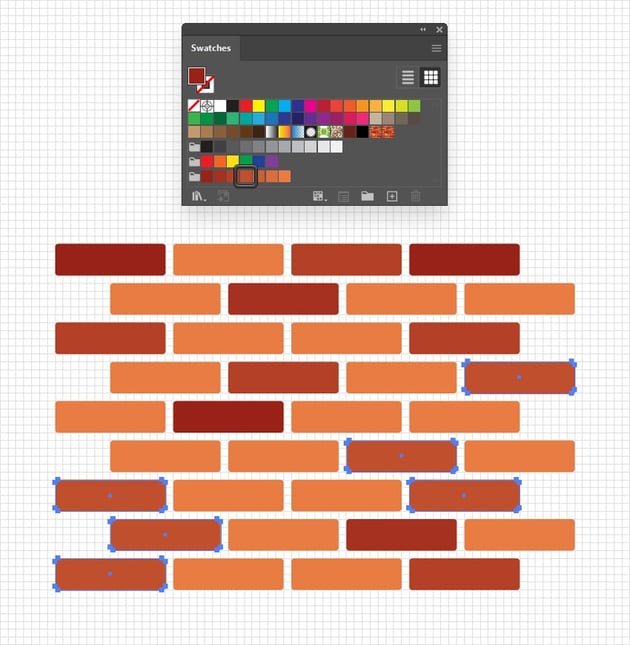
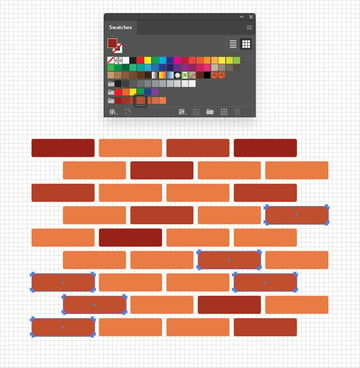
Step 8
Select the shapes highlighted in the following image and fill them with the fifth color from your color group.
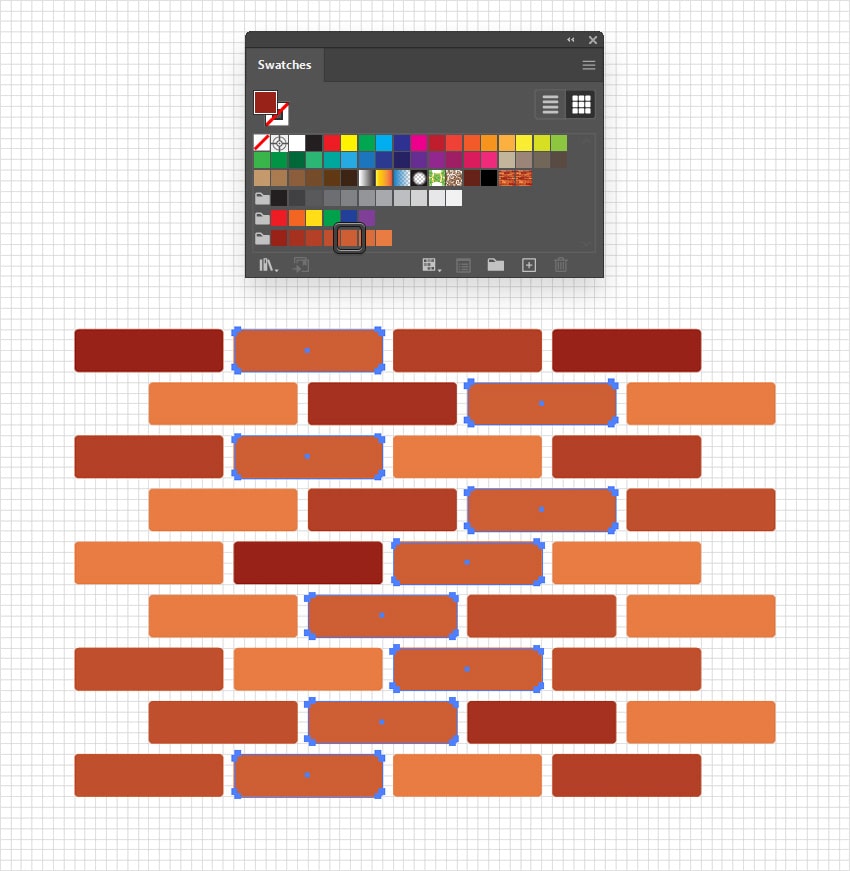
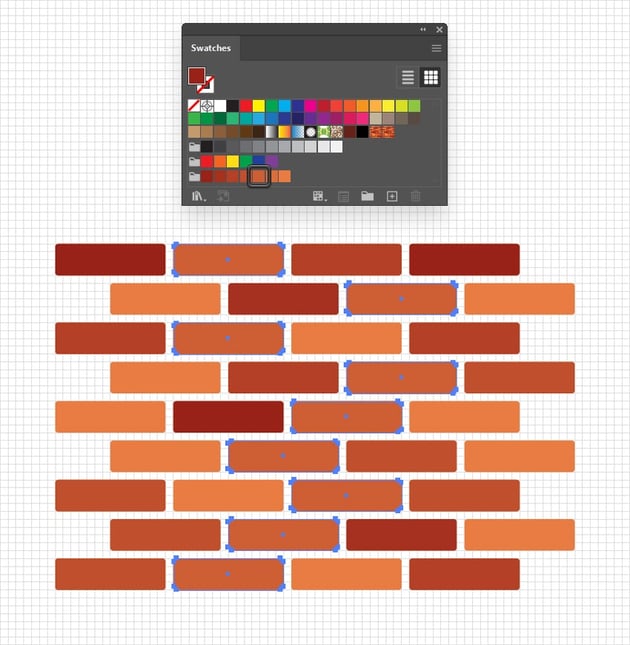
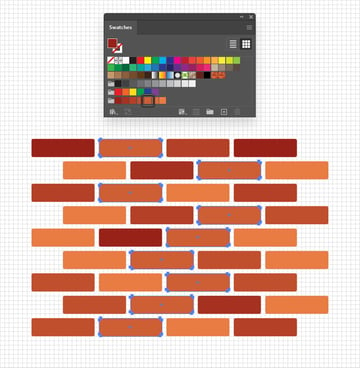
Step 9
Finally, select the five shapes highlighted in the following image and fill them with the second last color from your color group.
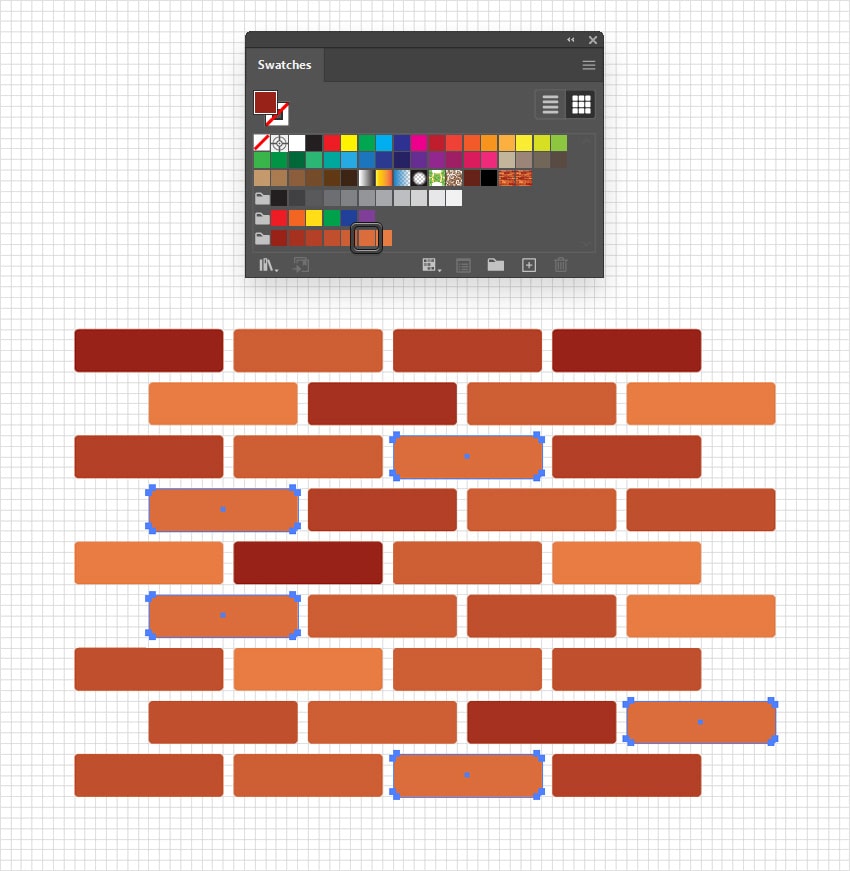
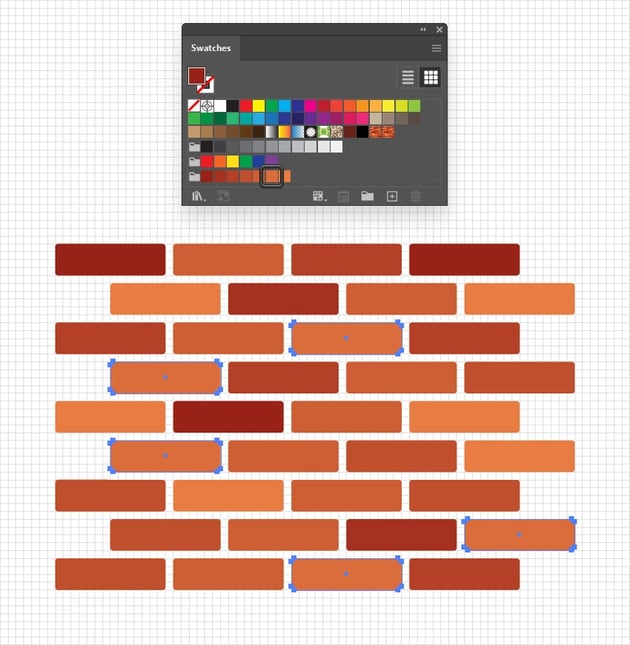
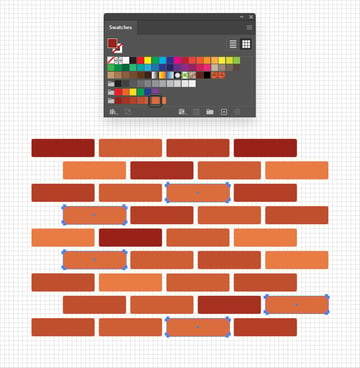
Step 10
Select all the shapes that make up your vector brick wall and press Control-G to Group them.
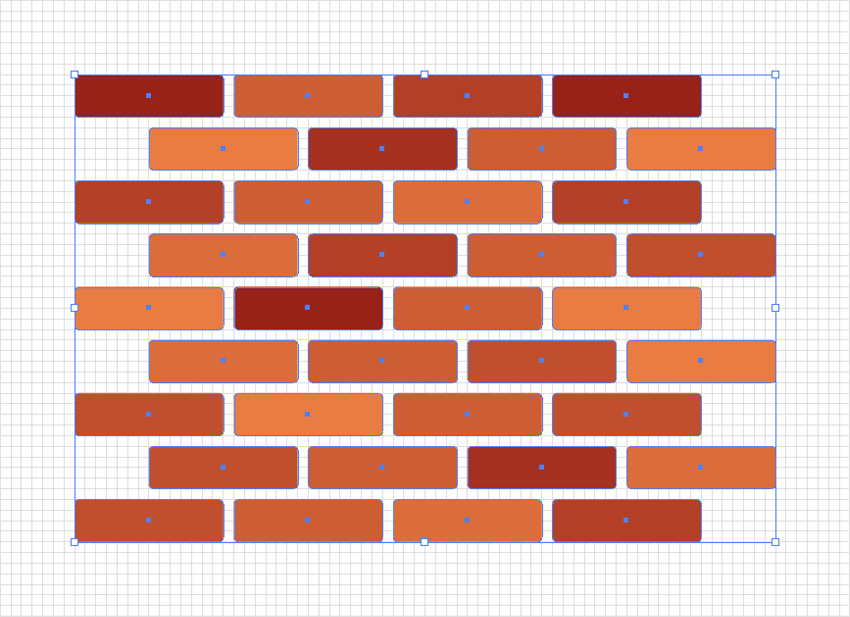
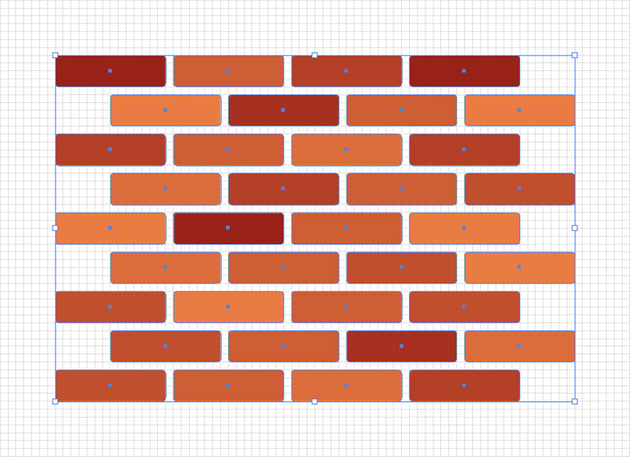
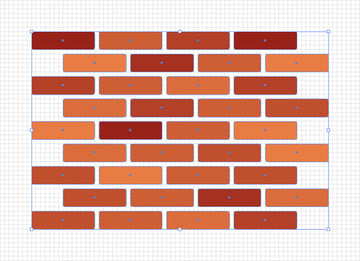
4. How to Stylize a Brick Pattern in Illustrator
Step 1
Make sure that your group is selected and add a copy in front (Control-C > Control-F). Turn this new group into a compound path (Object > Compound Path > Make or Control-8) and fill it with black (R=0 G=0 B=0).
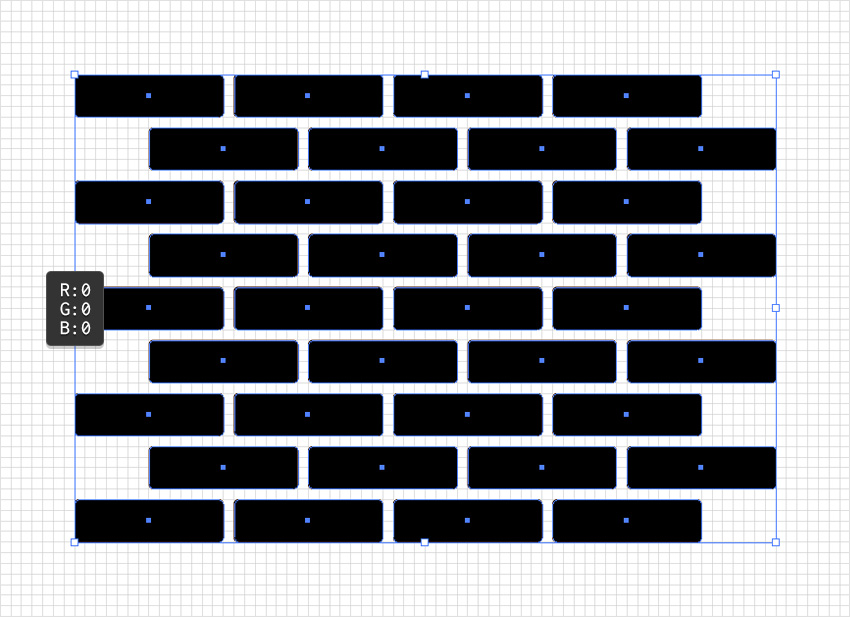
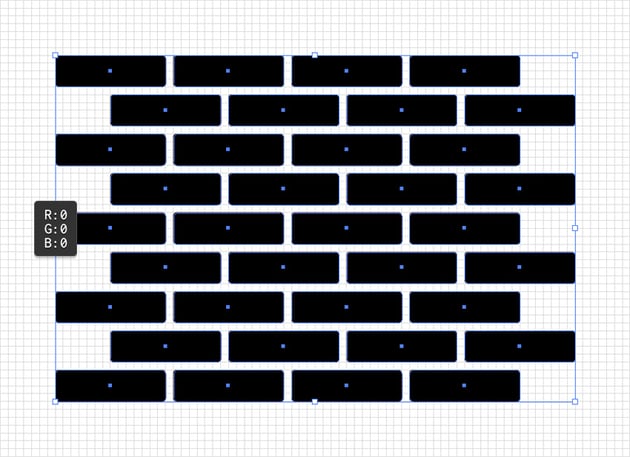
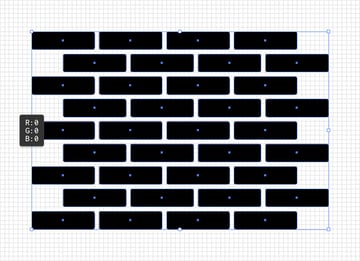
Step 2
Send your black compound path to the back (Shift-Control-[), keep it selected, and go to Effect > Path > Offset Path. Set the Offset to 2 px, click OK, and then go to Effect > Distort & Transform > Roughen. Set the settings as shown below and click OK.
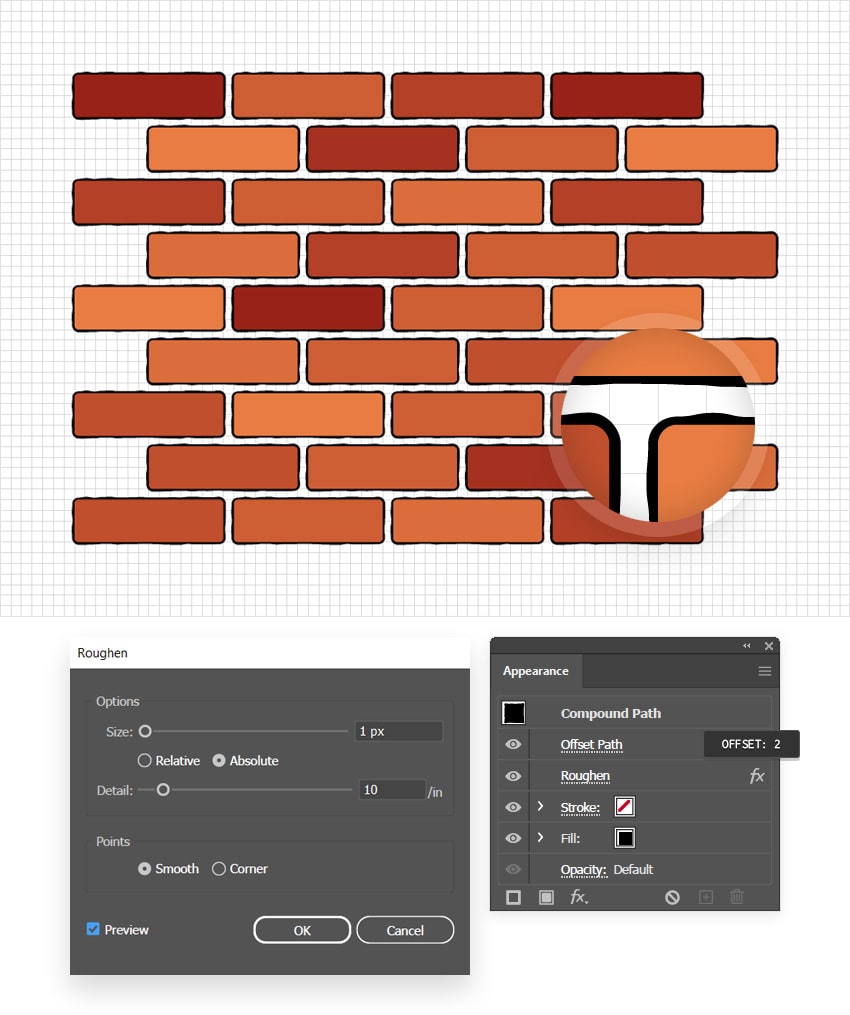
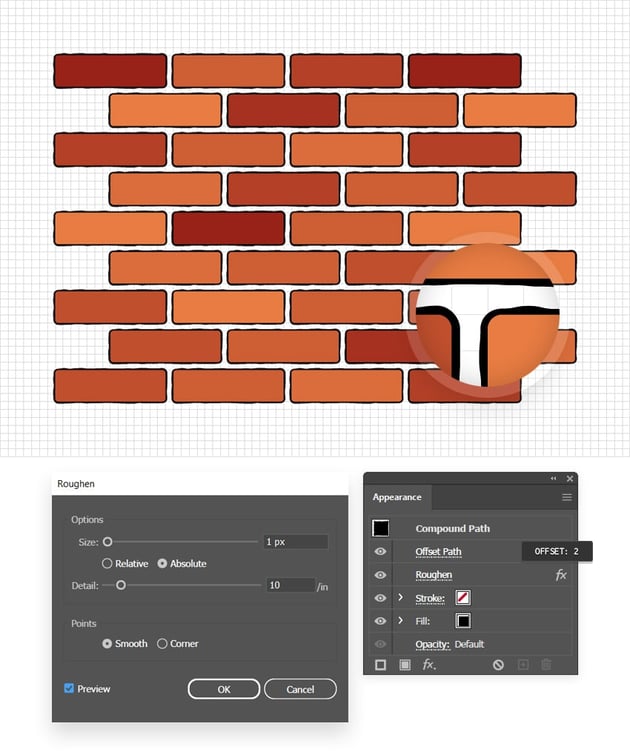
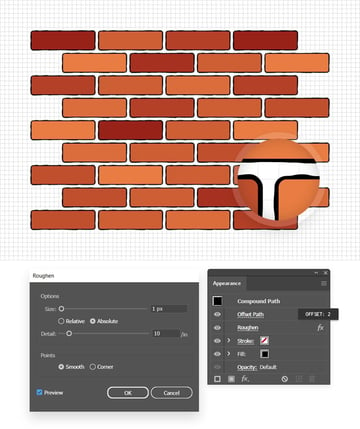
Step 3
Make sure that your black compound path is still selected and go to Effect > Distort & Transform > Transform. Drag that Move-Vertical slider to 3 px, which will move your selection 3 px down. Don’t forget to click OK to apply this effect.
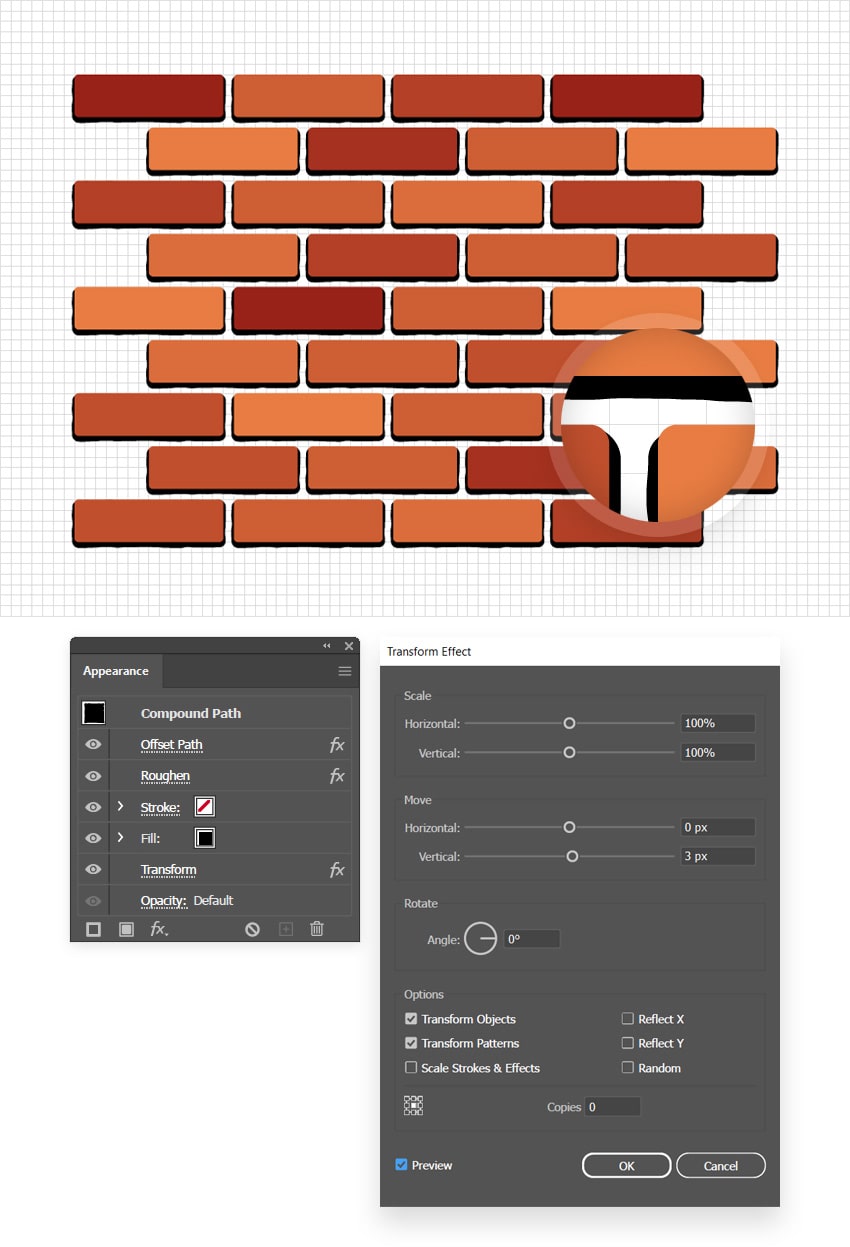
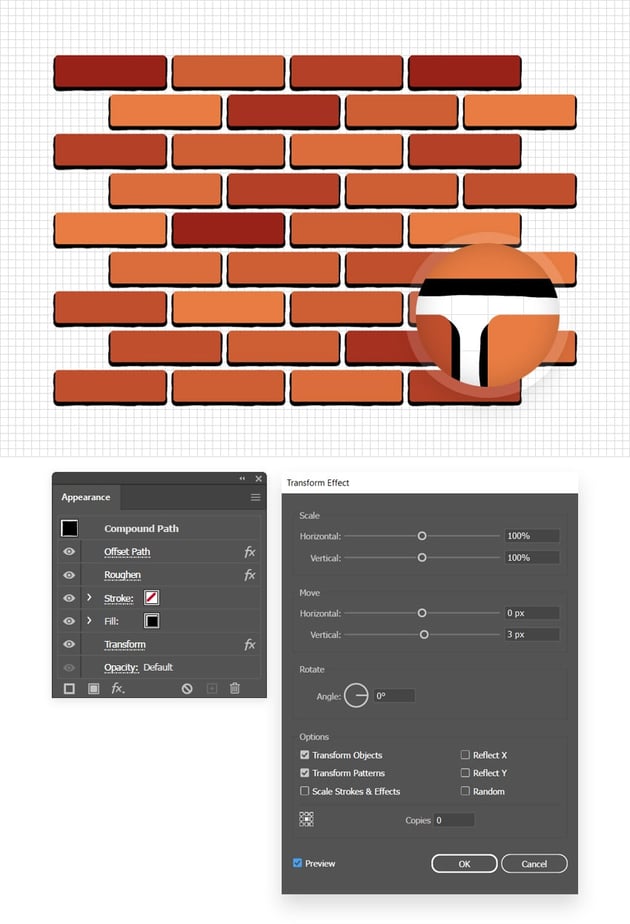
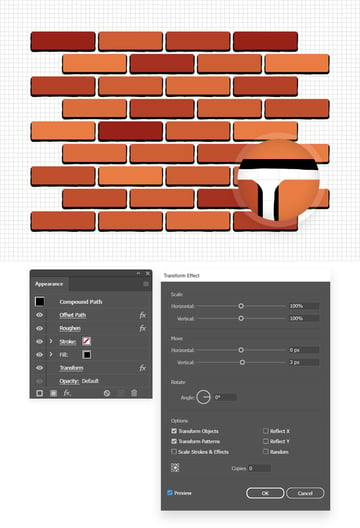
Step 4
Make sure that your black compound path is still selected, focus on the Appearance panel (Window > Appearance) or the control panel to lower the Opacity to 30%, and change the Blending Mode to Soft Light.
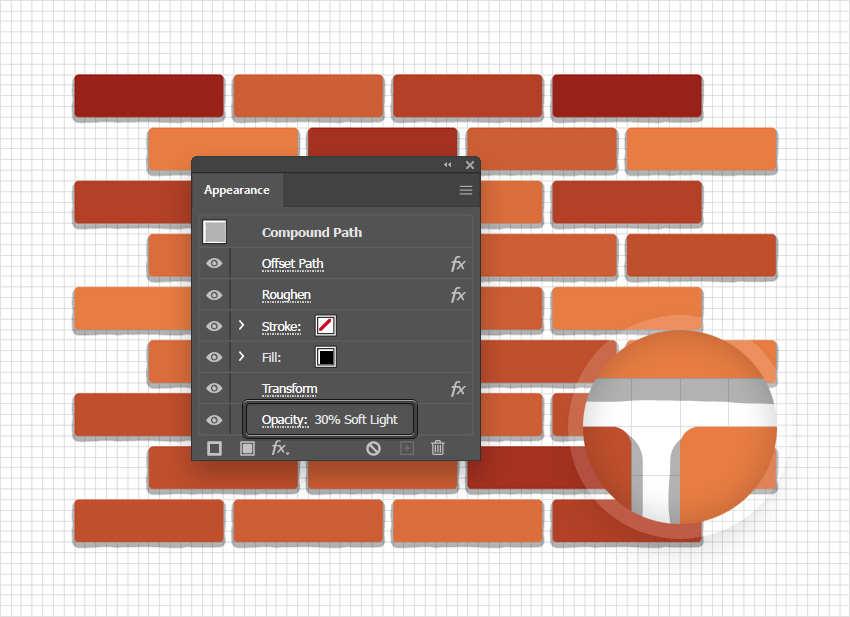
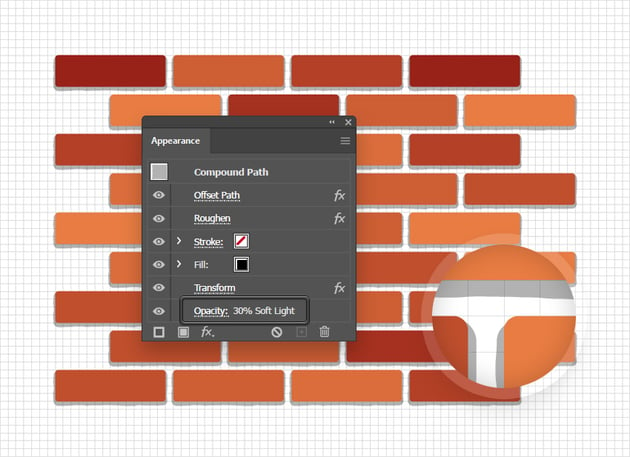
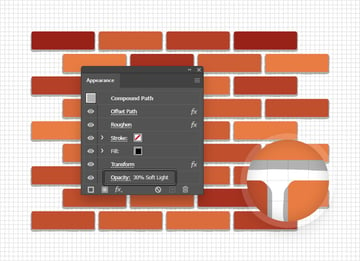
Step 5
Reselect your group of brick shapes and go to Effect > Distort & Transform > Roughen. Set the settings as shown below and click OK.
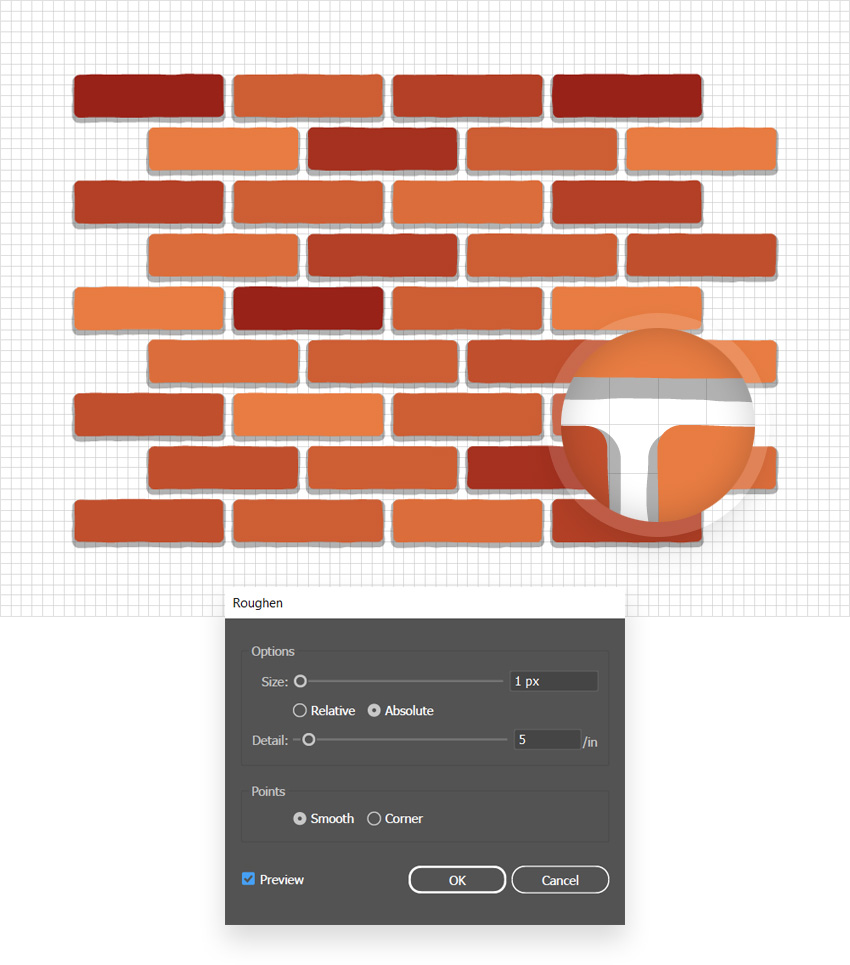
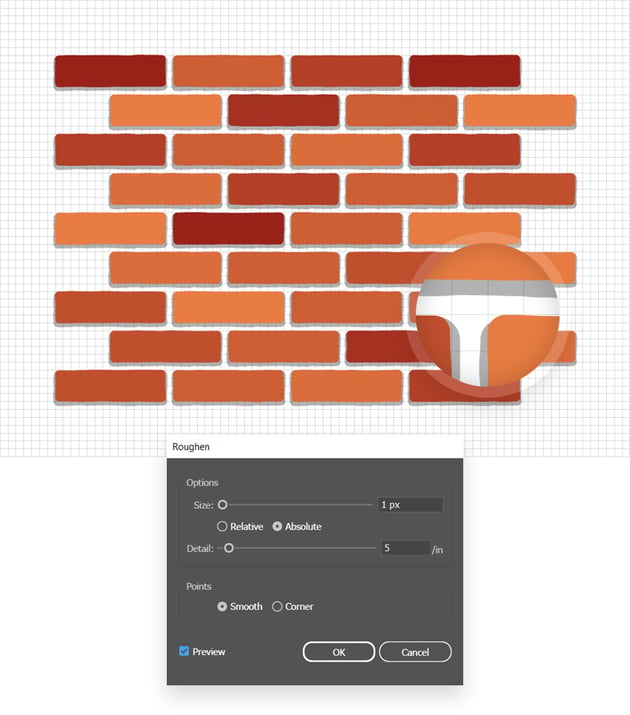
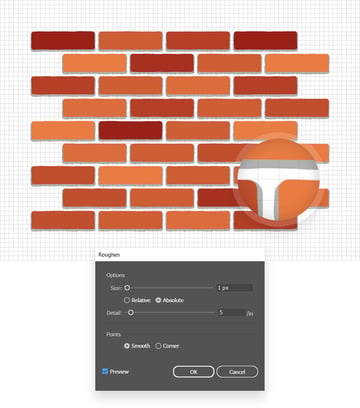
Step 6
Using the Rectangle Tool (M), create a 450 x 400 px shape, fill it with R=102 G=34 B=24, and place it exactly as shown below. Take a closer look at the grid to be sure that you’re placing this rectangle in the same location.
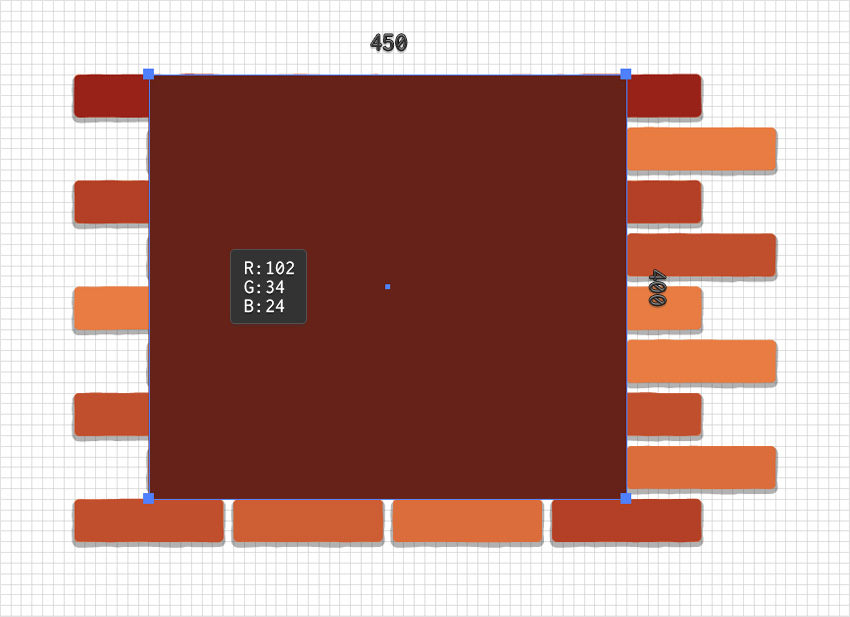
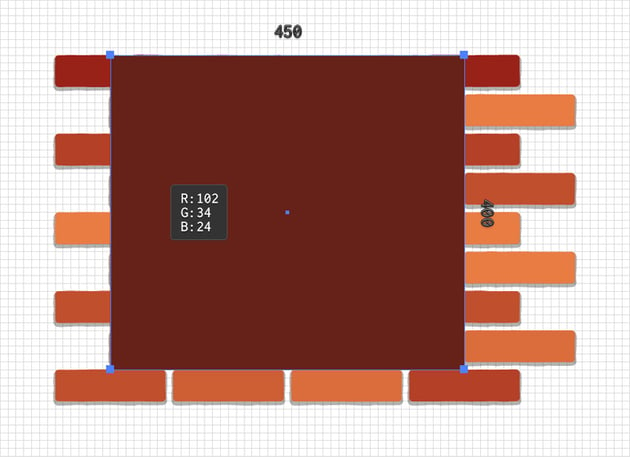
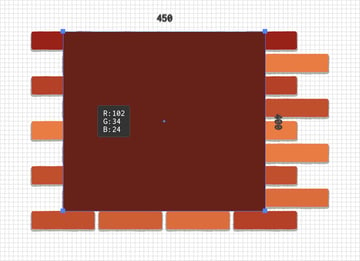
Once you’re done, send this shape to the back. You can either right-click it and go to Arrange > Send to Back or use the Shift-Control-[ keyboard shortcut.
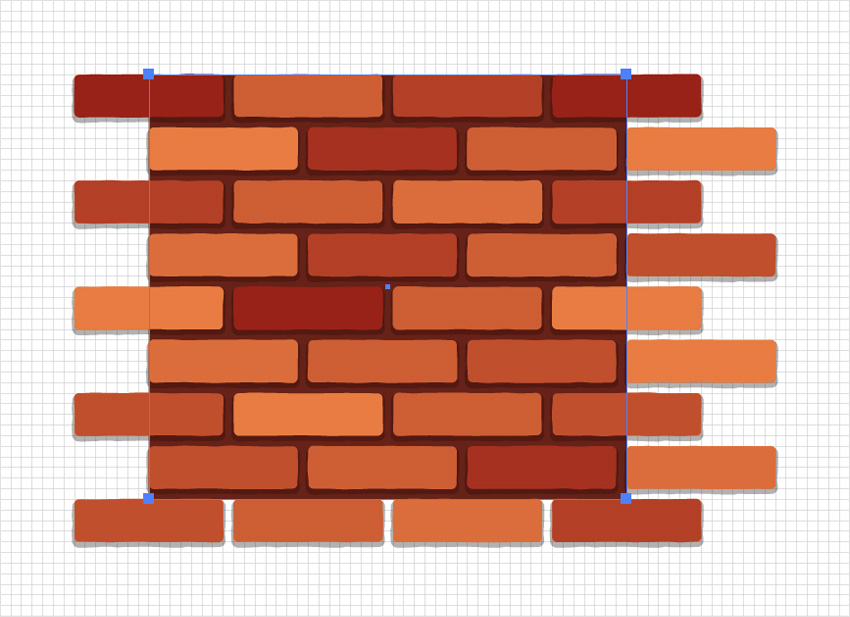
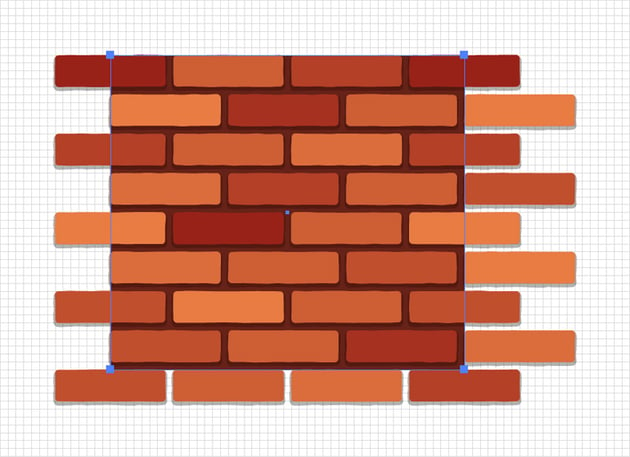
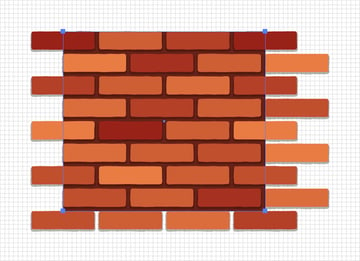
5. How to Apply a Texture to a Brick Pattern in Illustrator
Step 1
Open “Texture 11” from this pack of Vector Grainy Textures, copy it (Control-C), and paste it (Control-V) on top of your vector brick wall. Make it black and use the settings from the control panel to adjust the width of this texture to about 850 px.
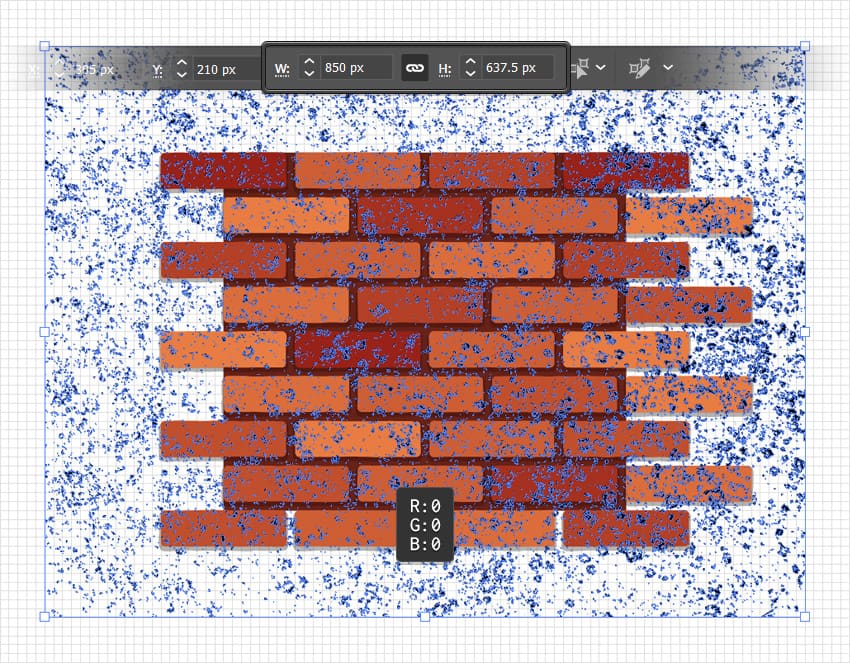
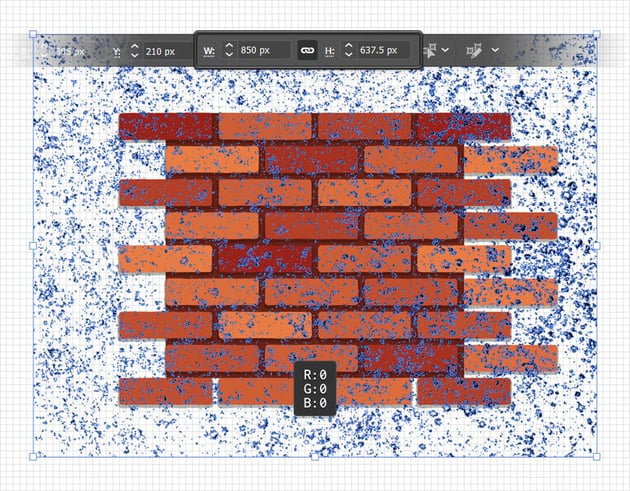
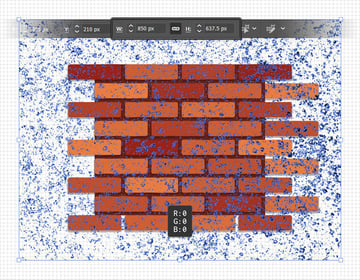
Step 2
Make sure that your texture is still selected, lower its Opacity to 50%, and change the Blending Mode to Soft Light.
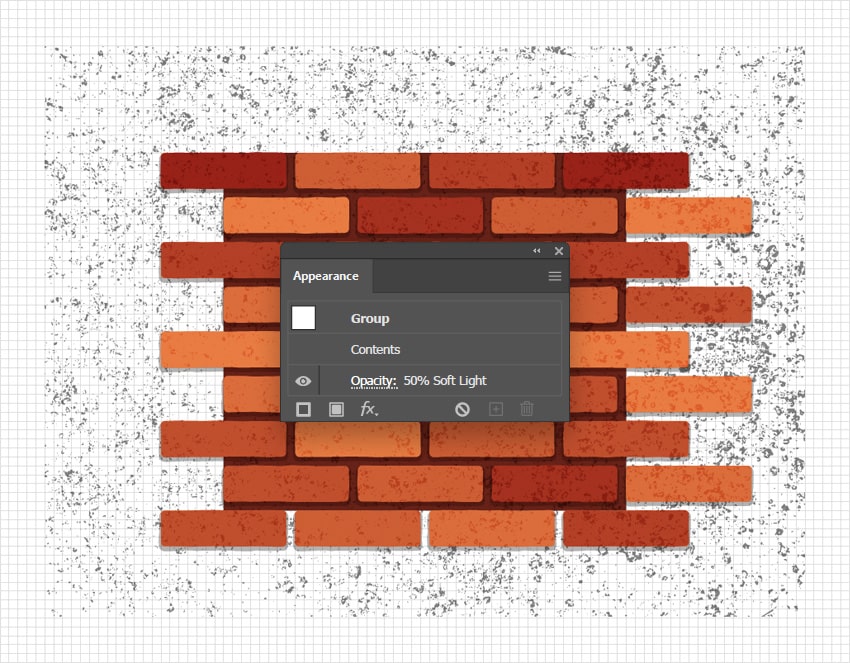
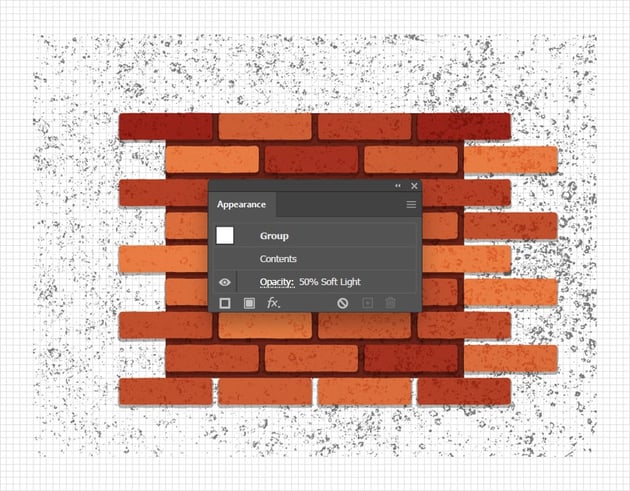
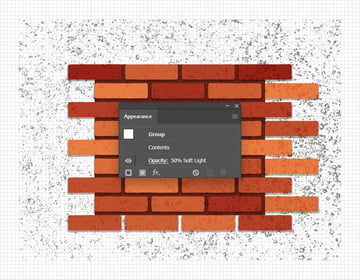
Step 3
Open “Texture 10” from the same pack of Vector Grainy Textures, copy it, and paste it on top of your vector brick wall. Make it white again, and use the settings from the control panel to adjust the width to about 850 px.
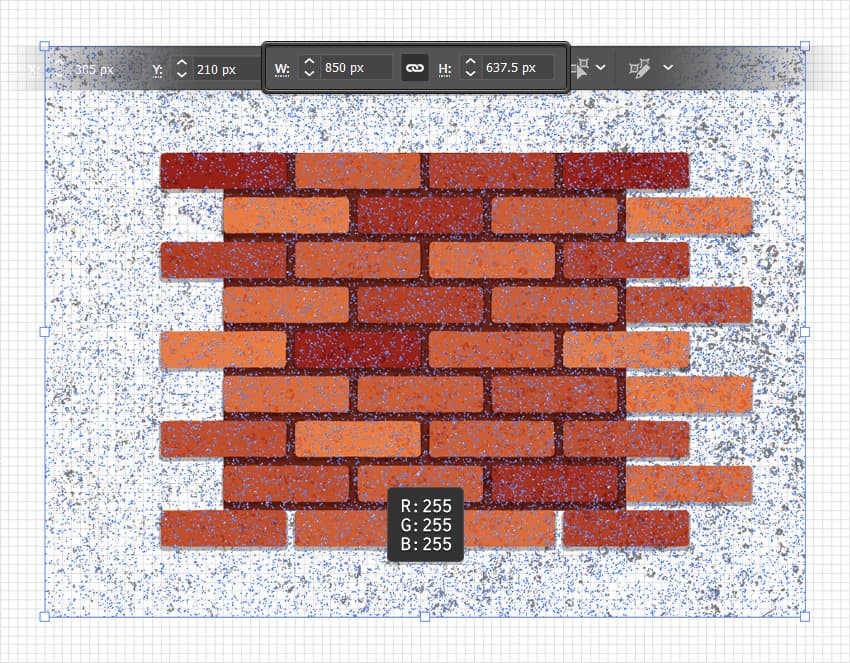
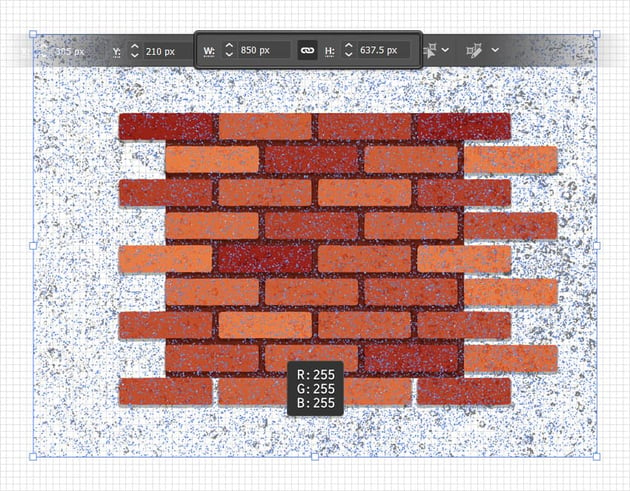
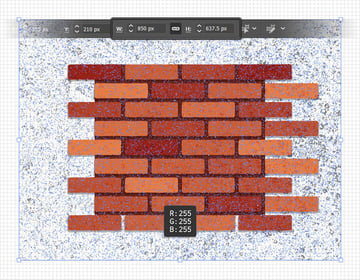
Step 4
Make sure that your white texture is still selected, lower its Opacity to 50%, and change the Blending Mode to Overlay.
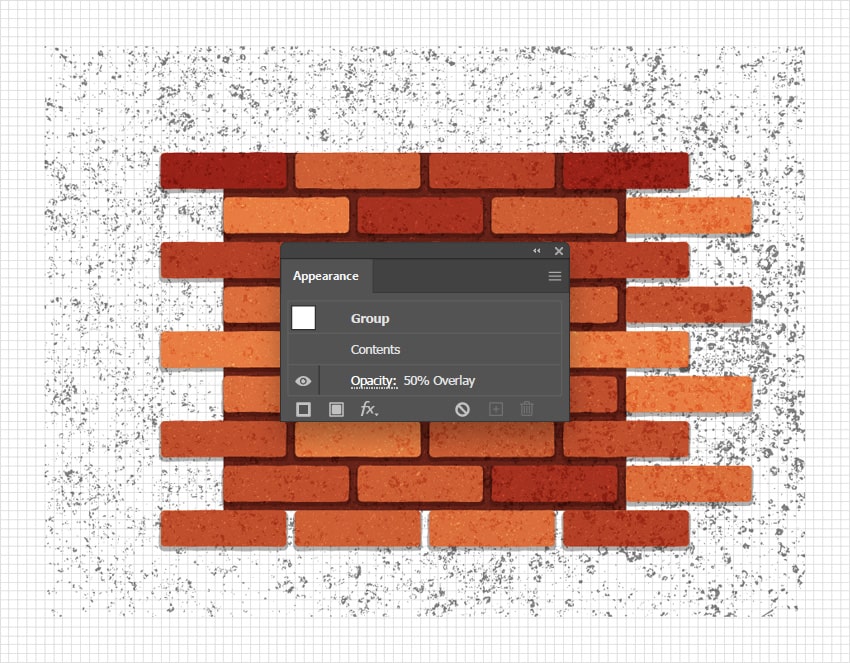
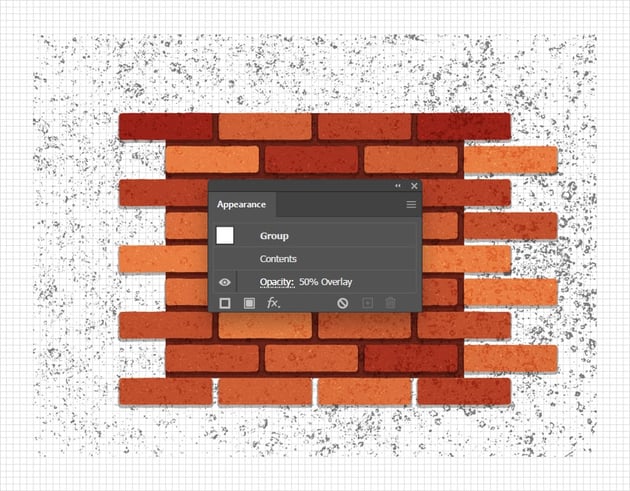
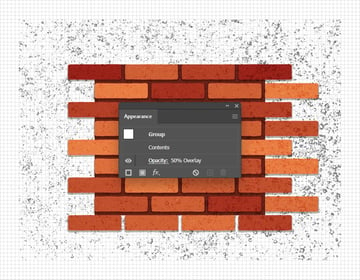
6. How to Save a Brick Pattern in Illustrator
Step 1
Go to the Layers panel (Window > Layers) and select that bottom rectangle. Copy it (Control-C) and paste a copy on top of your design (Shift-Control-V).
Keep this copy selected and remove the fill color, and then send this invisible rectangle to the back (Shift-Control-[).
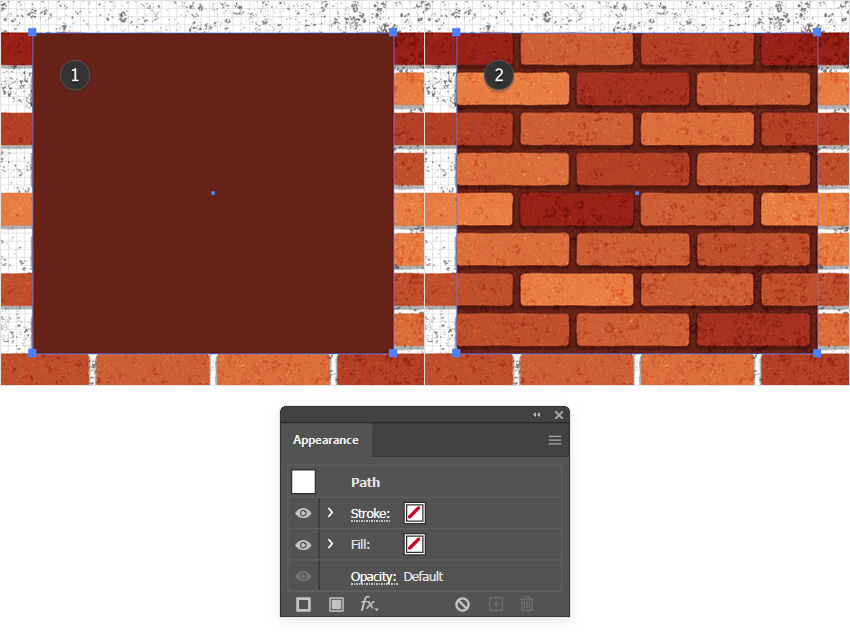
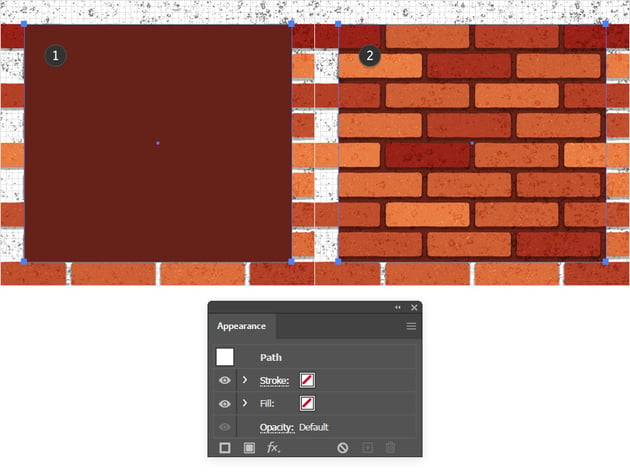
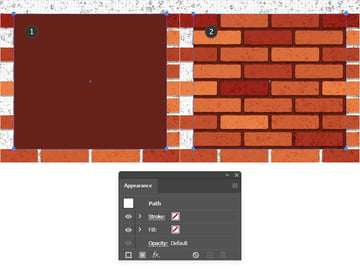
Step 2
The edges of the invisible shape added in the previous step will serve as the bounds of the pattern tile that you’re about to save. Use the Selection Tool (V) to select all your shapes, and simply drag them into the Swatches panel to save them as a pattern.
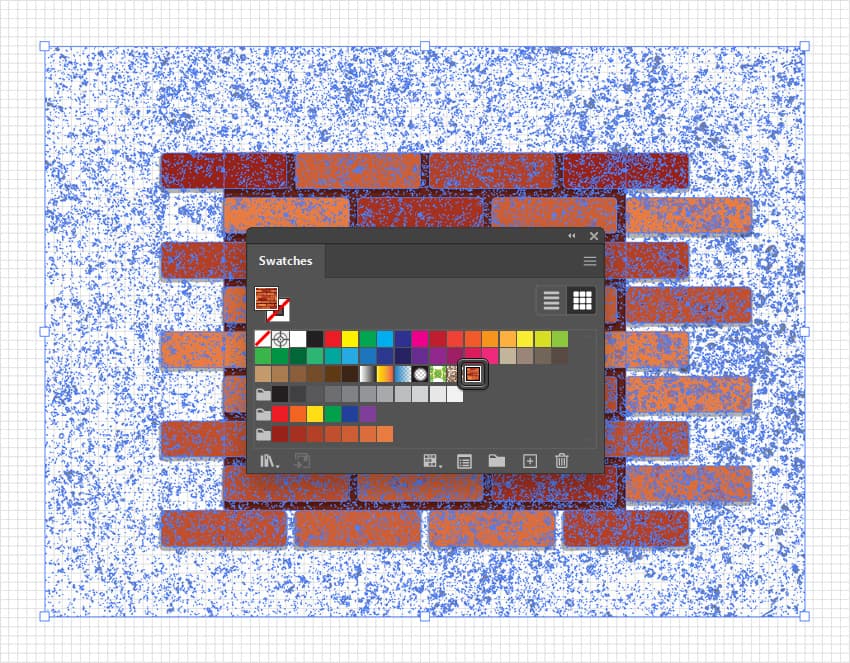
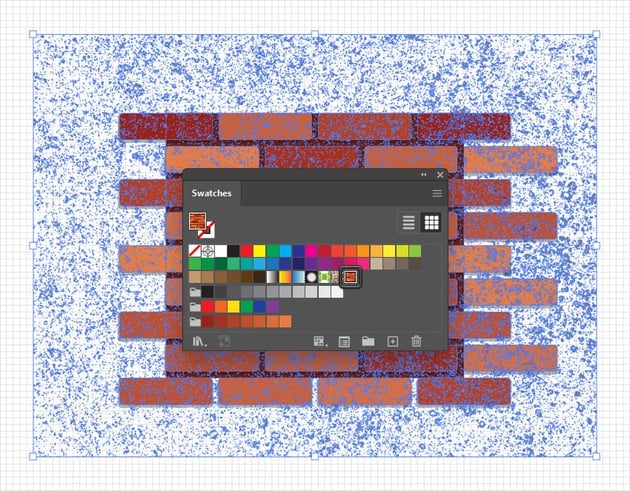
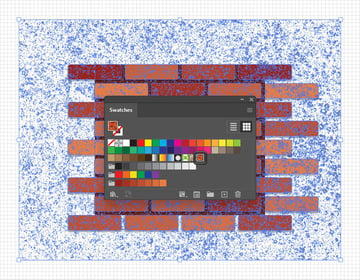
7. How to Apply a Brick Pattern in Illustrator
Create a new shape, make sure that the fill is active, and apply your brick pattern from the Swatches panel.
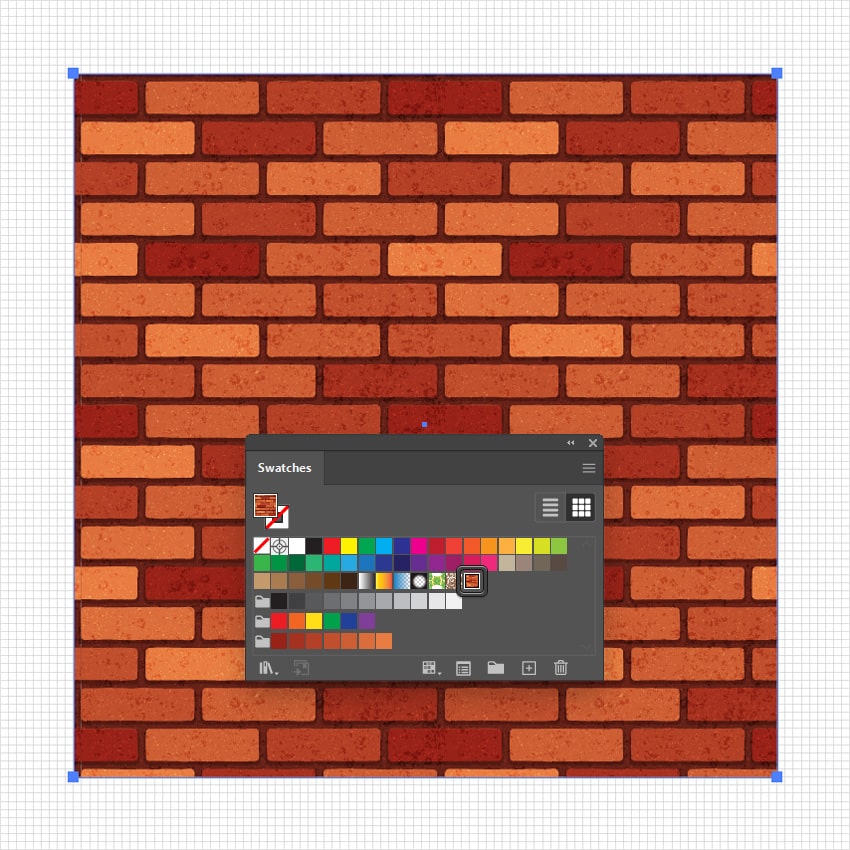
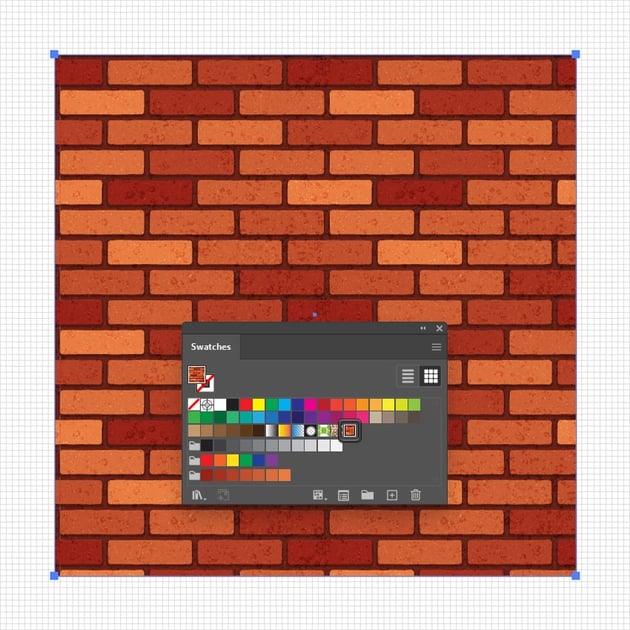
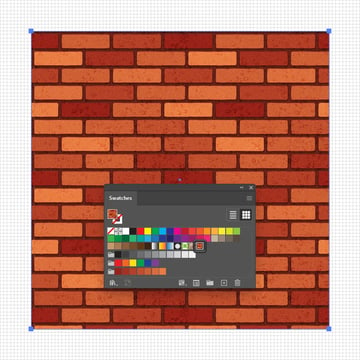
Congratulations! You’re Done!
Here is how your vector brick wall should look. I hope you’ve enjoyed this tutorial and can apply these techniques in your future projects.
Feel free to adjust this brick pattern for Illustrator and make it your own. You can find some great sources of inspiration at Envato Elements, with interesting solutions to improve your vector brick patterns.
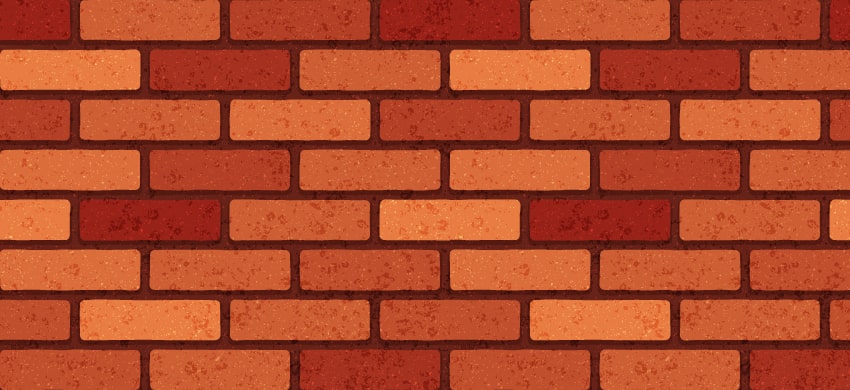
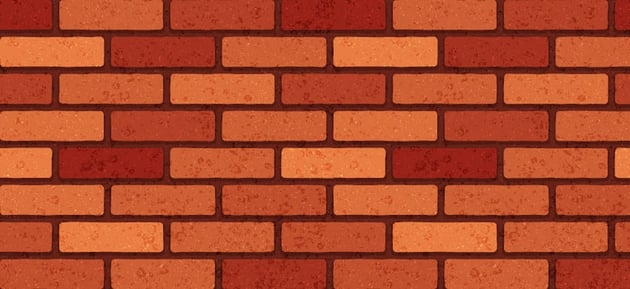
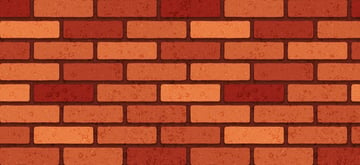
5 Popular Patterns From Envato Elements
Envato Elements is an excellent resource for brick pattern vectors and textures. Here’s a short list of some of the most popular assets that you can find.
Vector Brick Wall Textures (AI, EPS, PNG)
Cut the hassle of learning how to make a brick pattern in Illustrator and use these grungy vector brick wall textures instead.
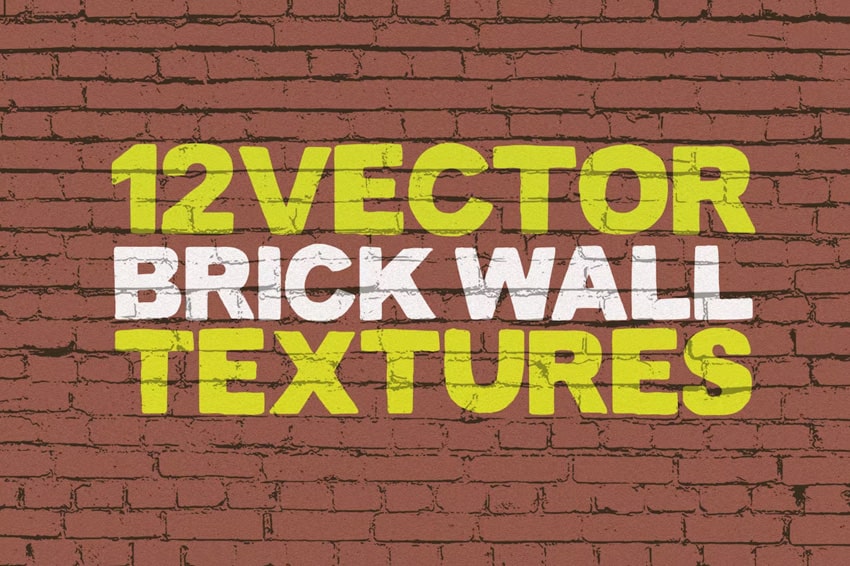
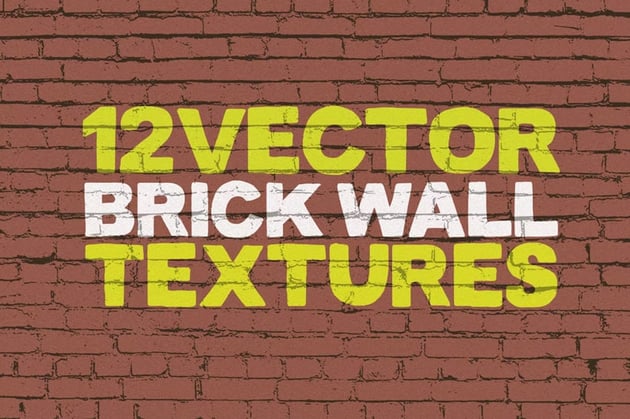
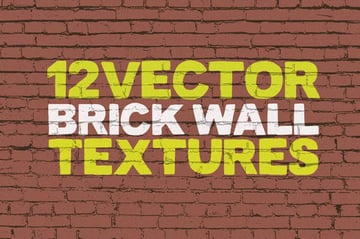
Halftone Brick and Stone Wall Textures (AI, EPS, PNG)
Go vintage with this set of vector brick wall textures. These 100% vector designs can be easily resized without losing quality.
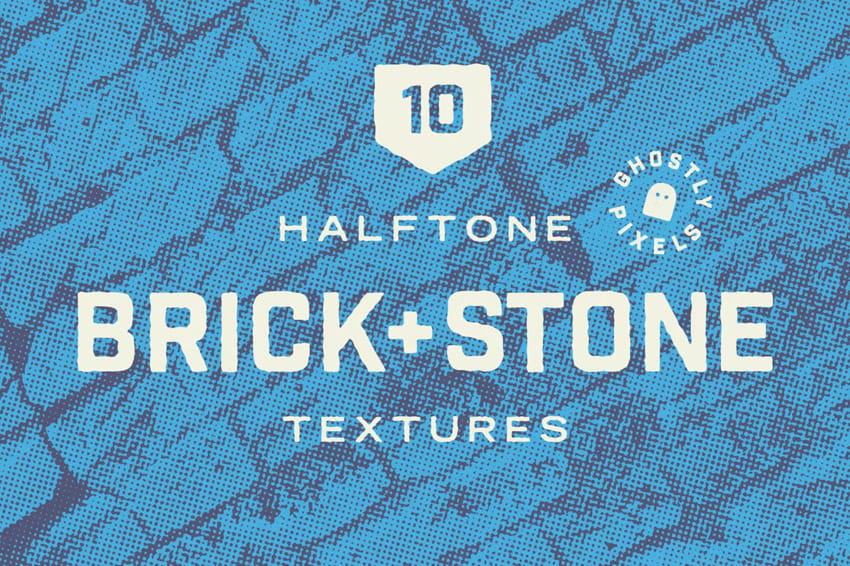
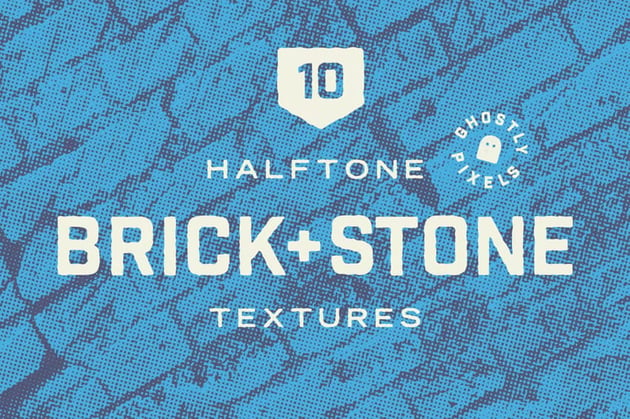
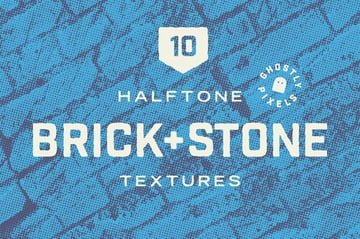
Old Brick Wall Textures (JPG)
Here’s a set of high-resolution old brick wall textures that can be used to put together mesmerizing designs.
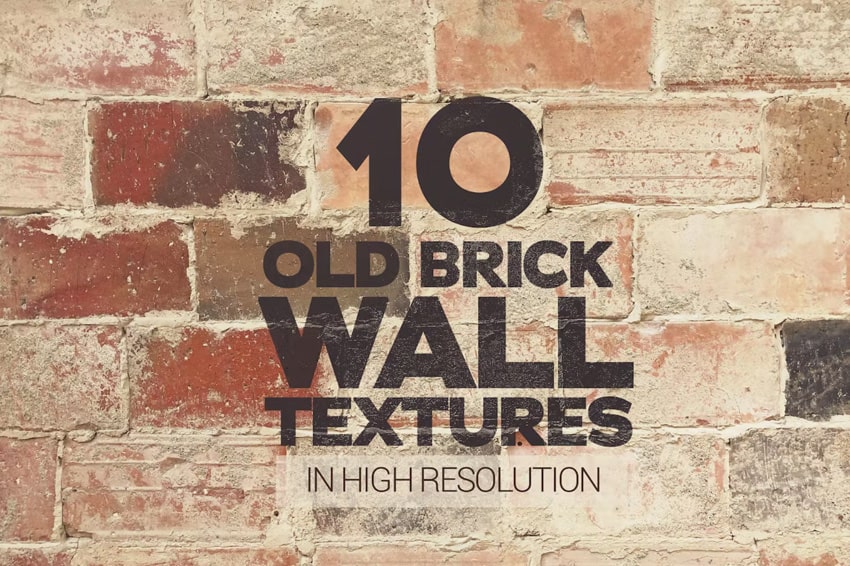
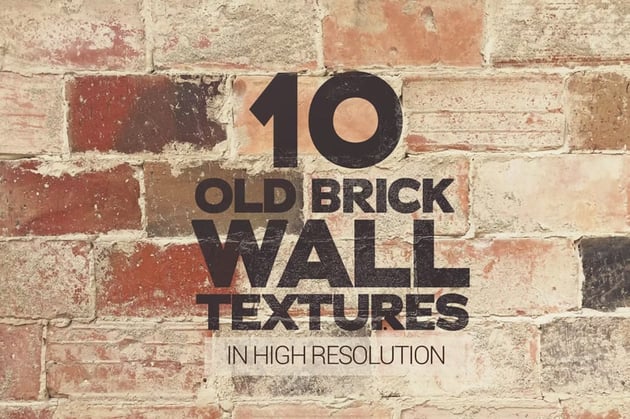
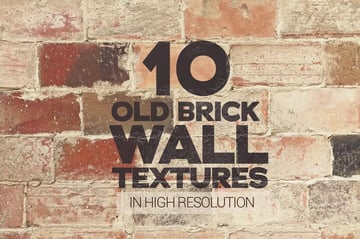
Black and White Brick Wall Textures (JPG, PNG)
Go black and white with this massive collection of brick wall textures. These can be pretty useful if you wish to add subtle brick wall backgrounds.
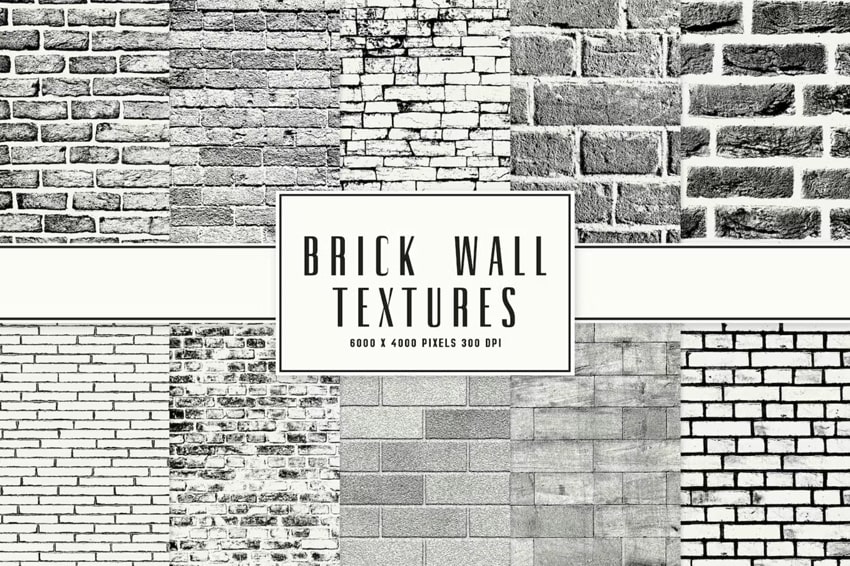
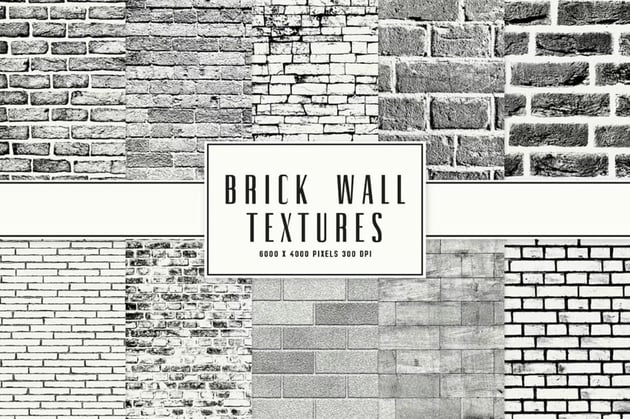
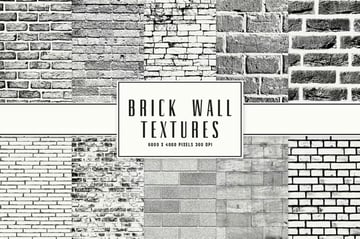
Brick Wall Textures (JPG)
Here’s another set of brick wall textures that might save you some time and improve the look of your final designs.
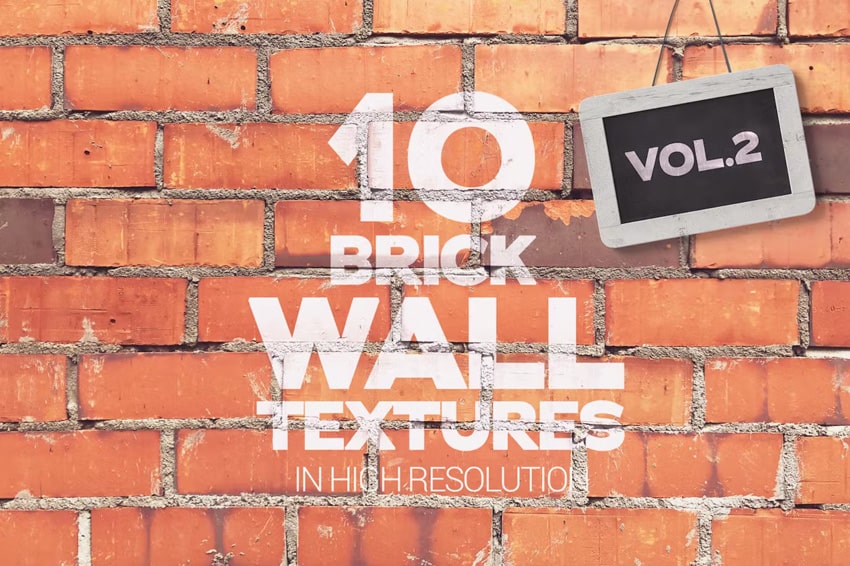
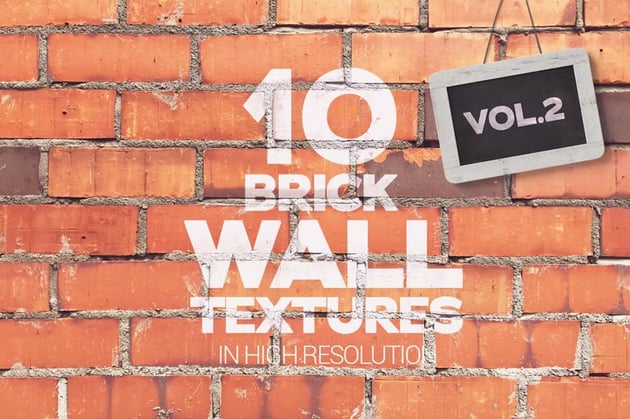
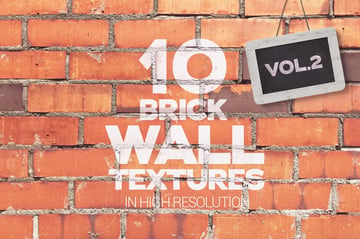
Want to Learn More?
We have loads of tutorials on Envato Tuts+, from beginner to intermediate level. Take a look!